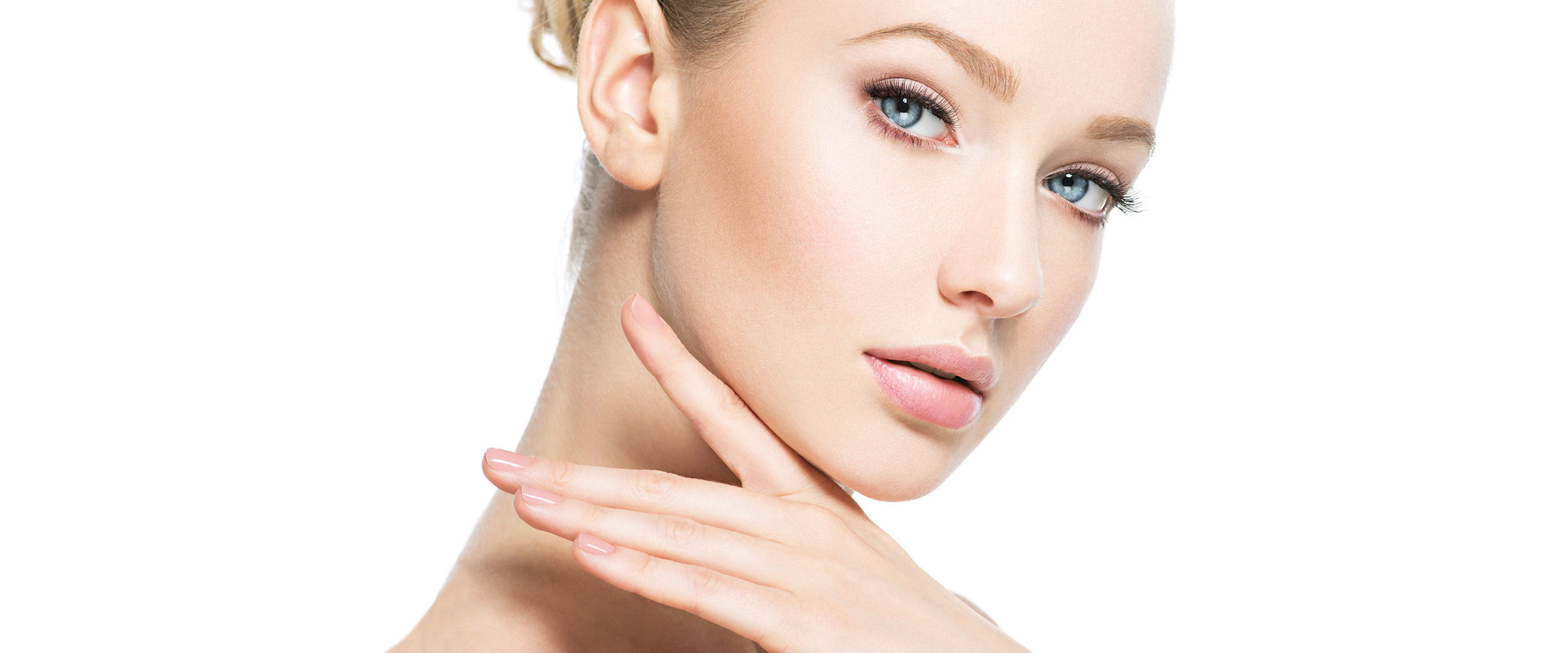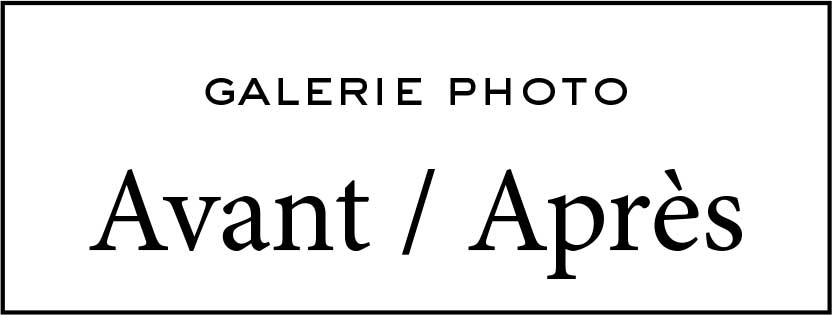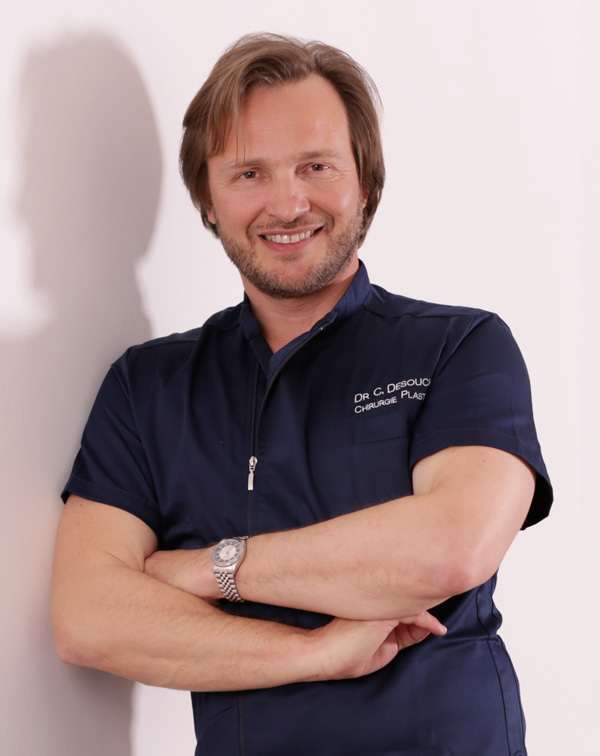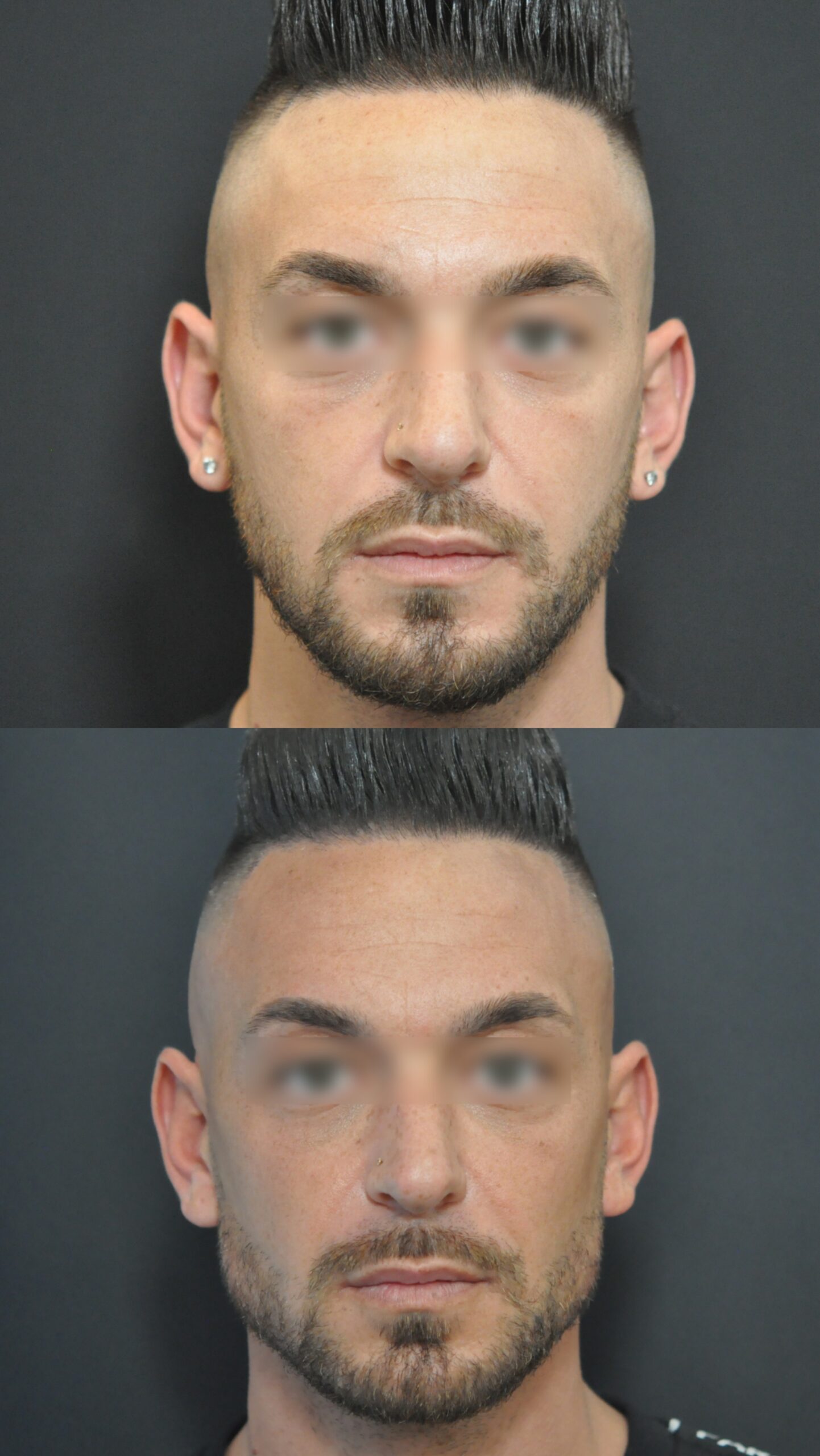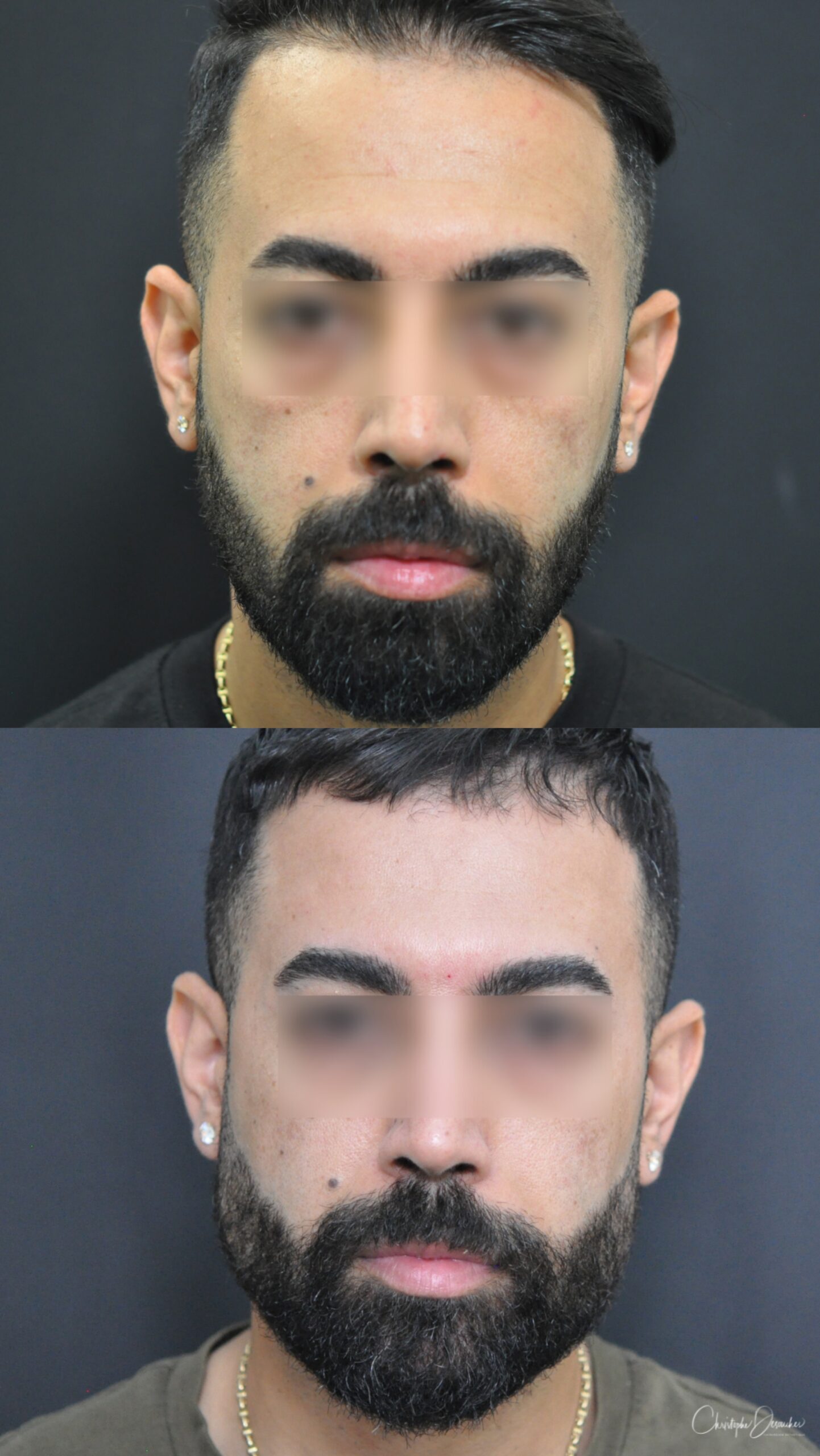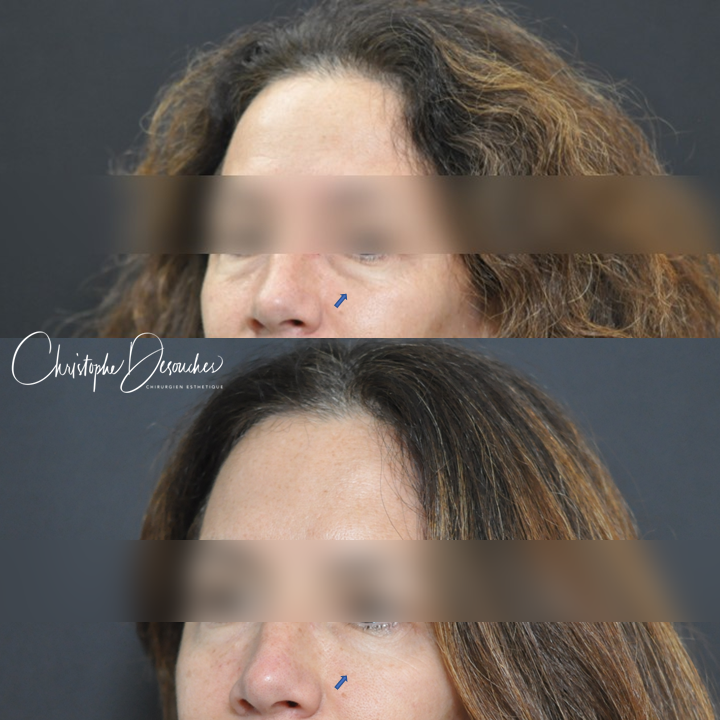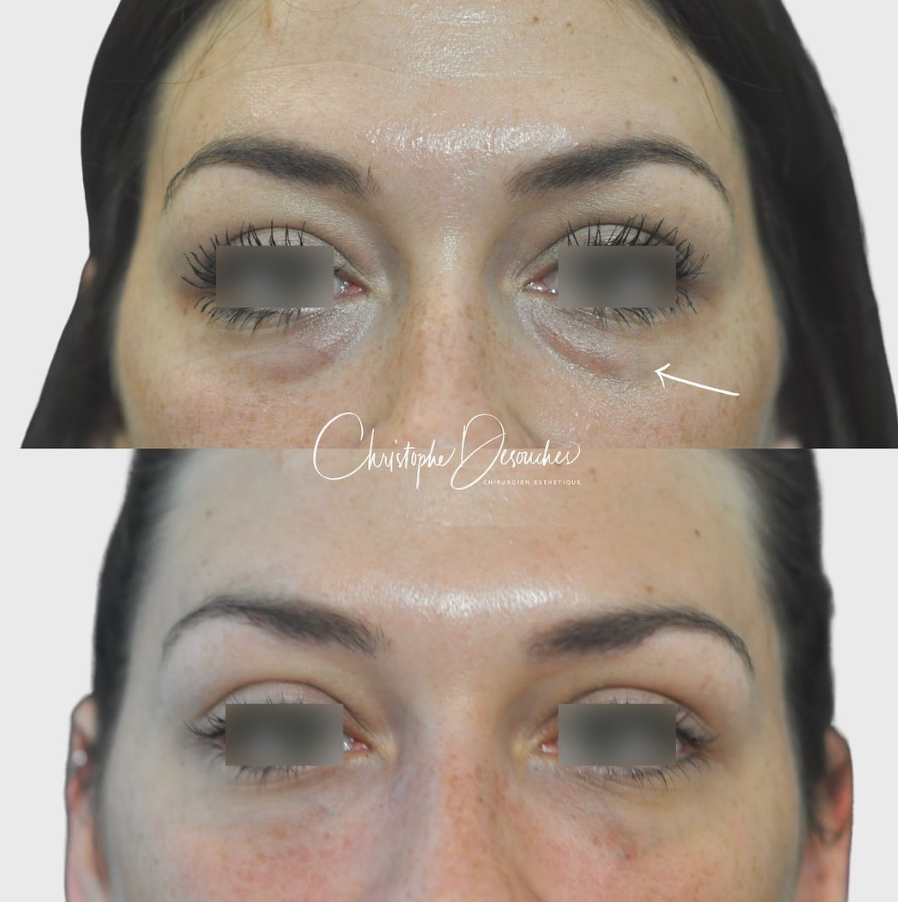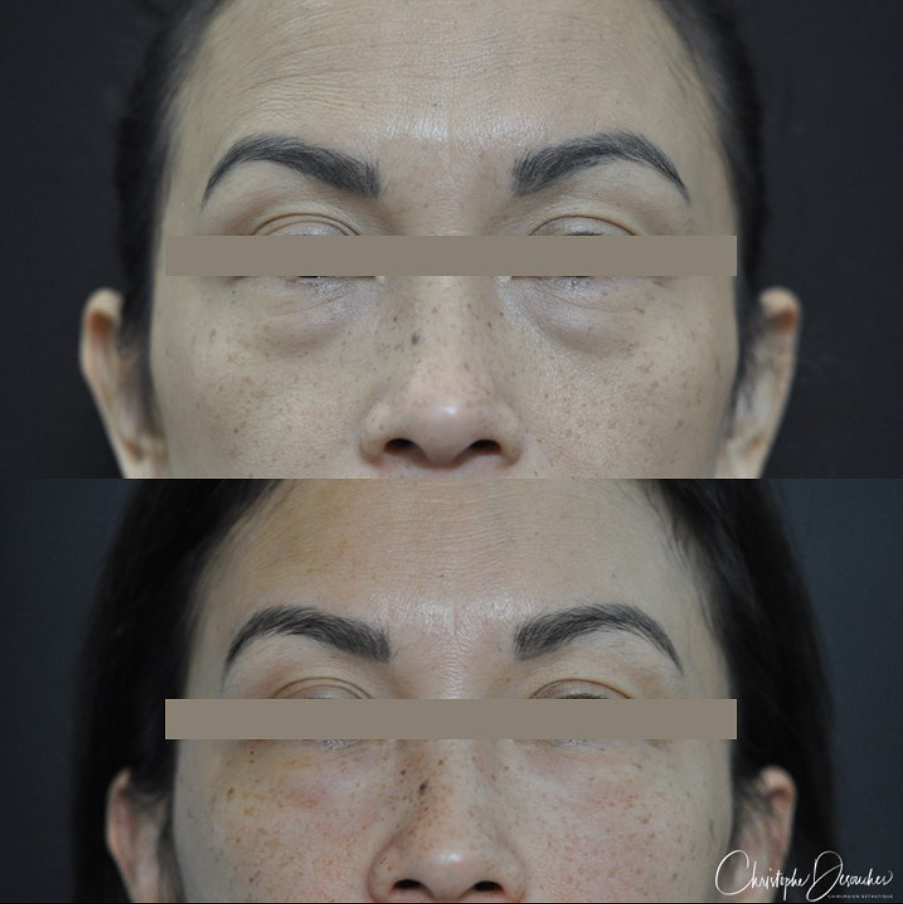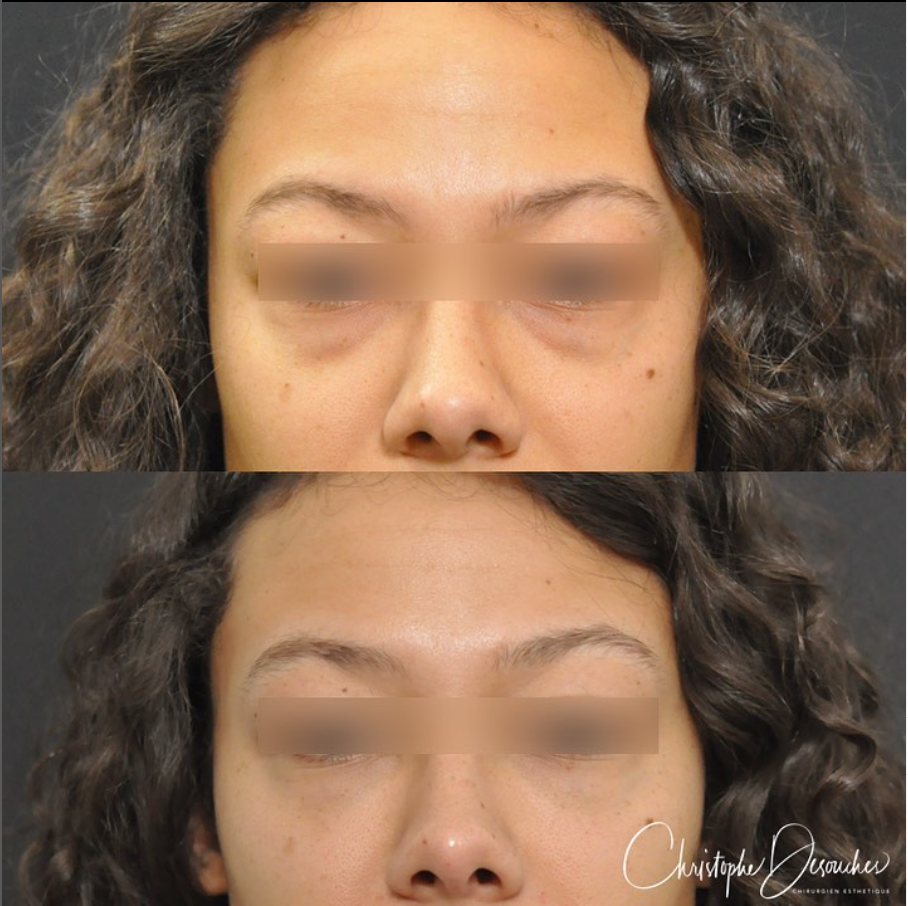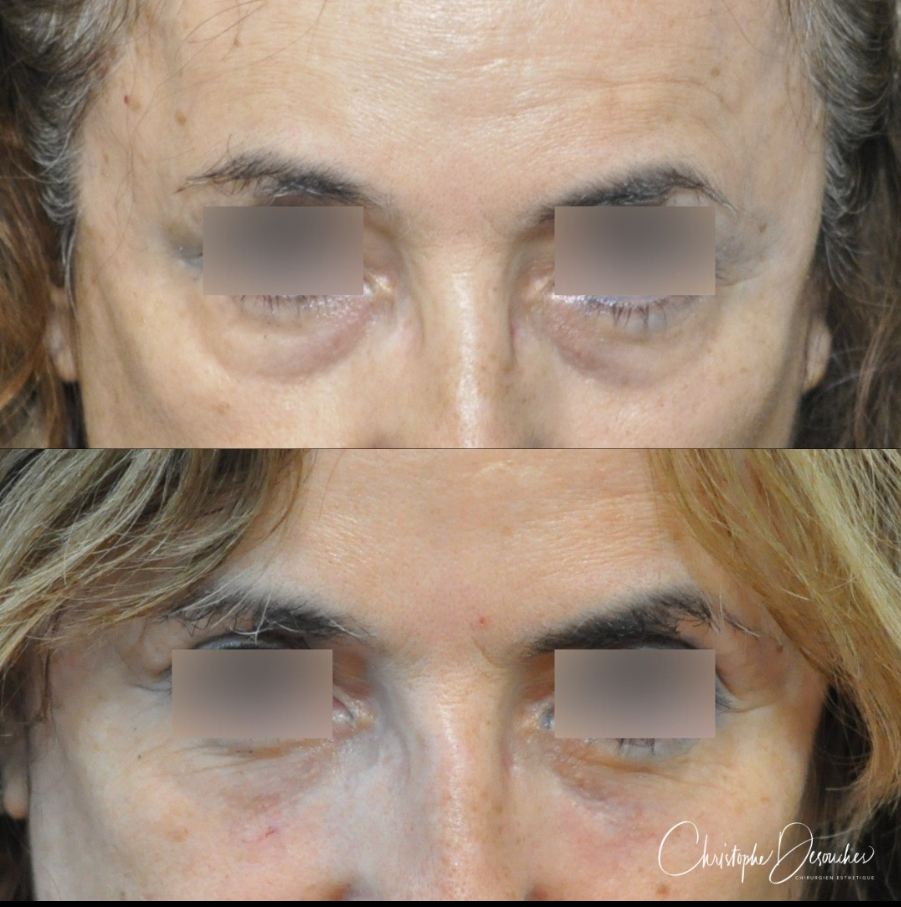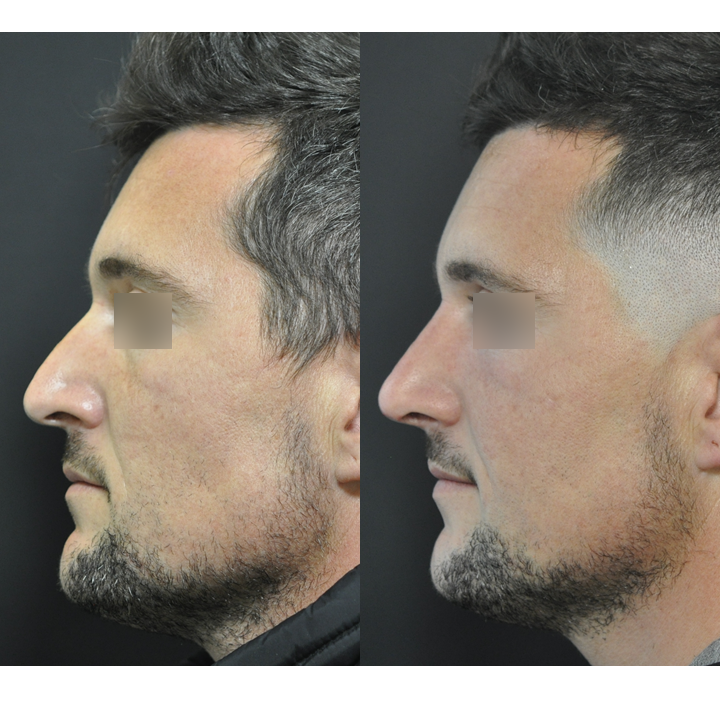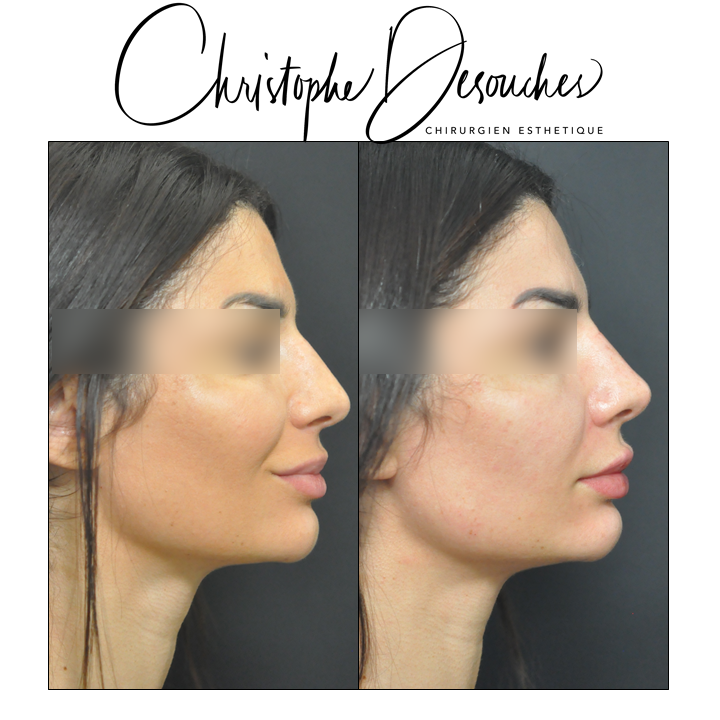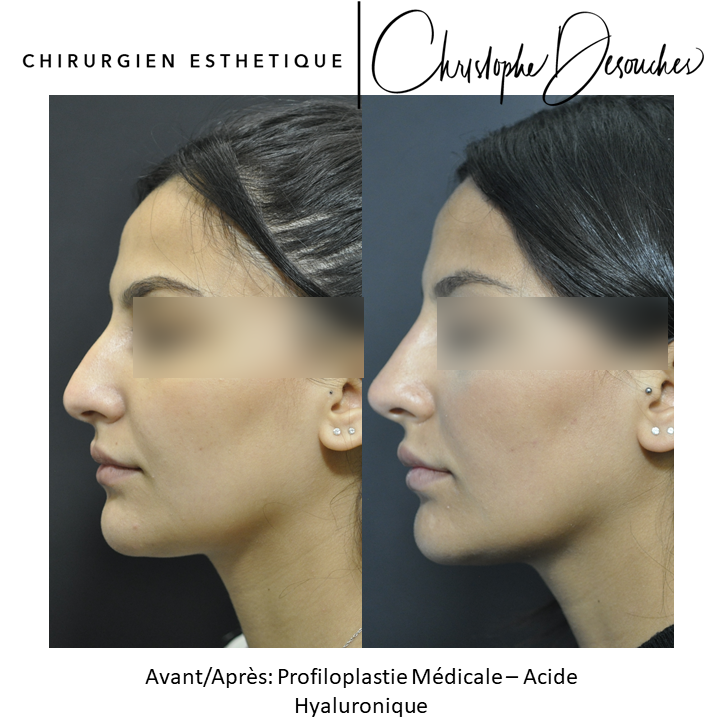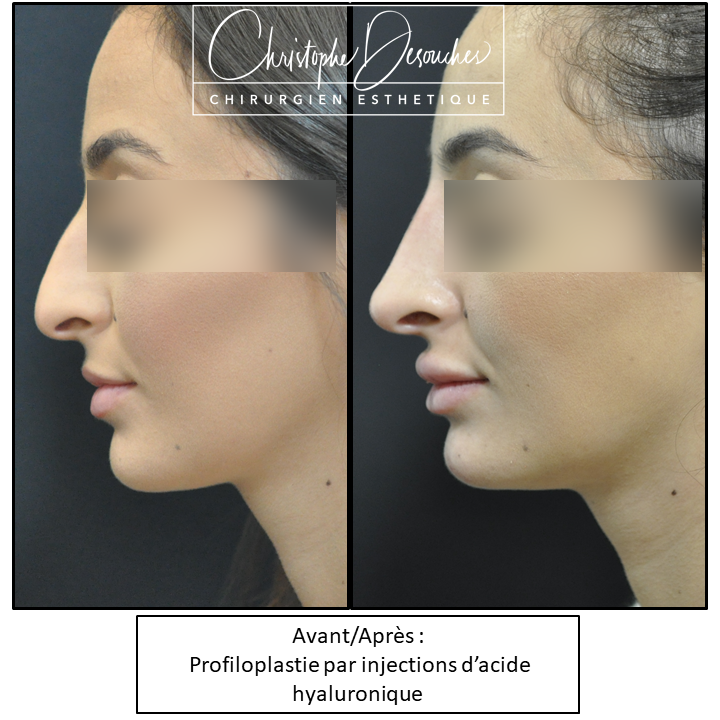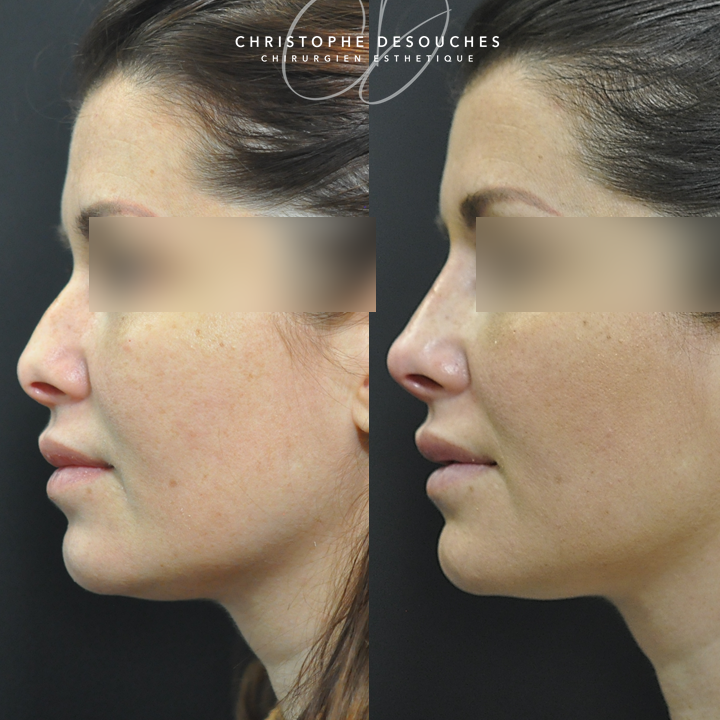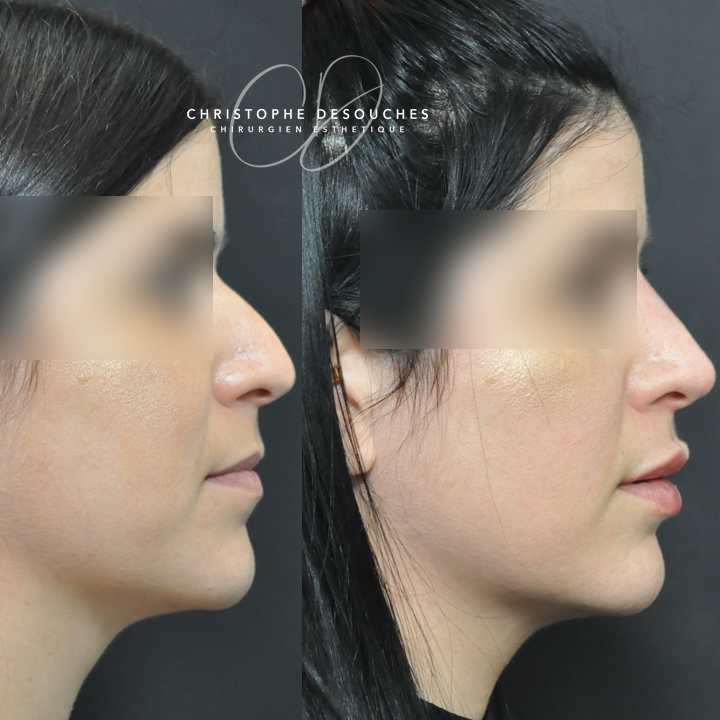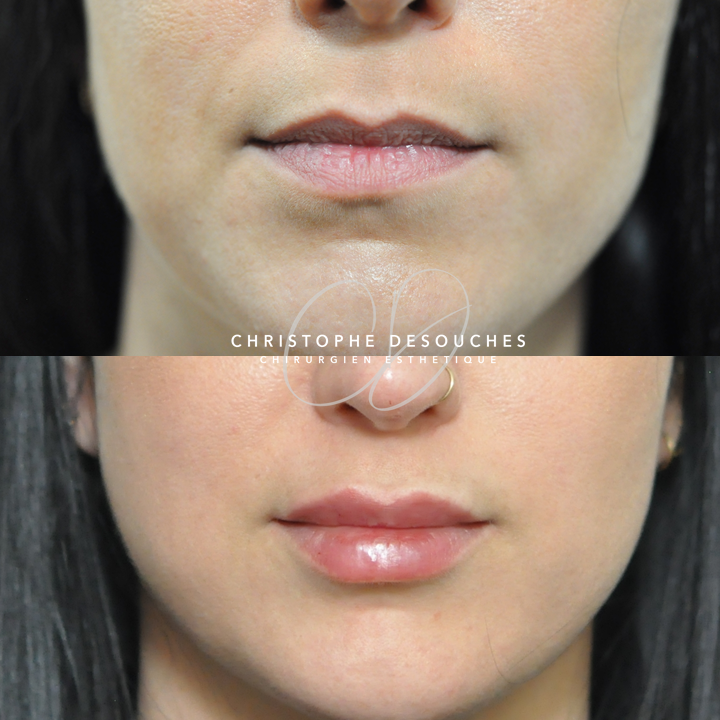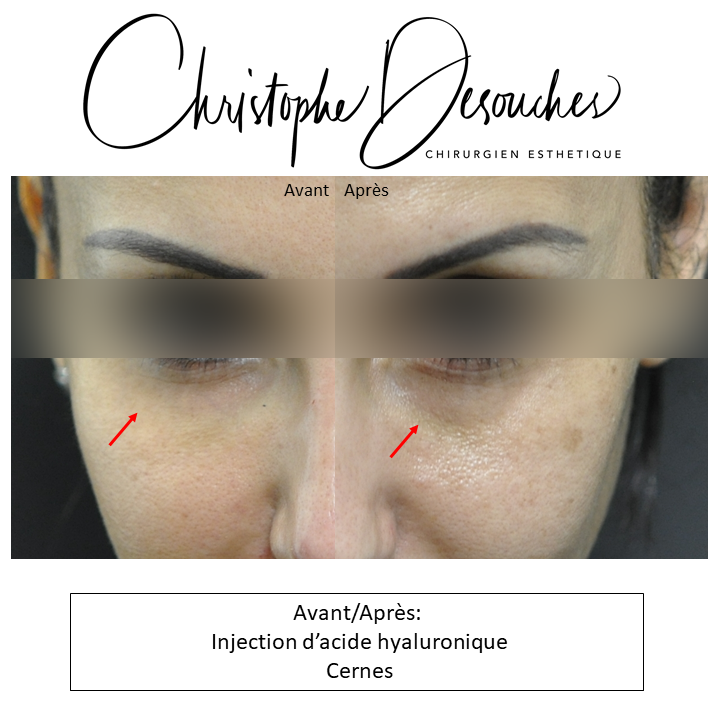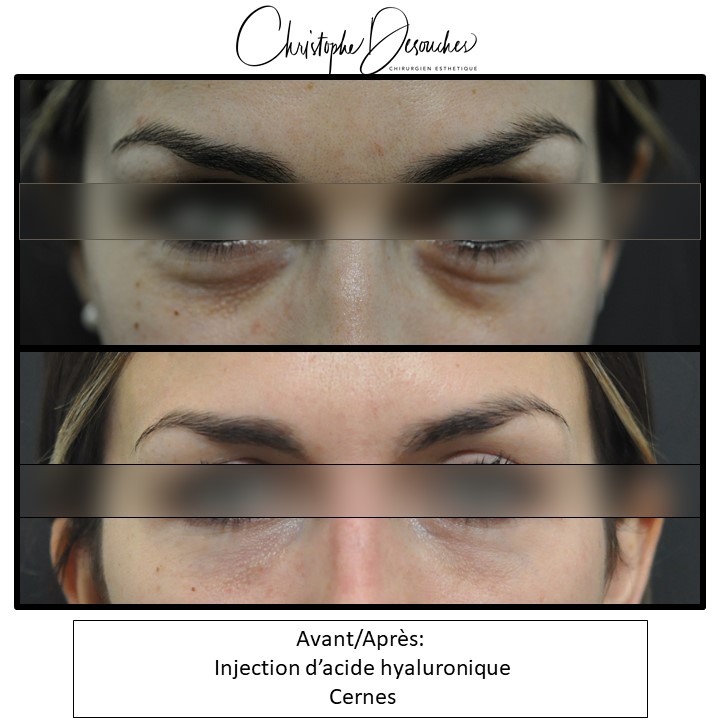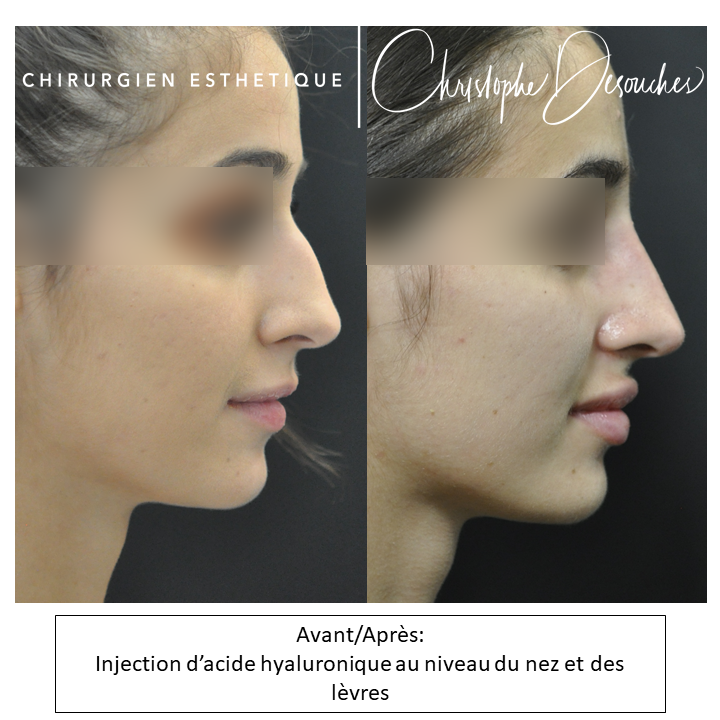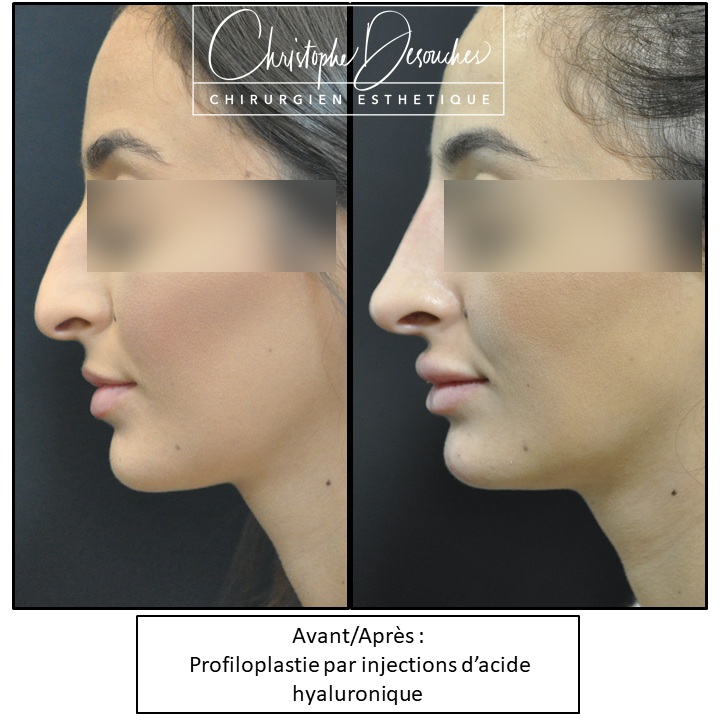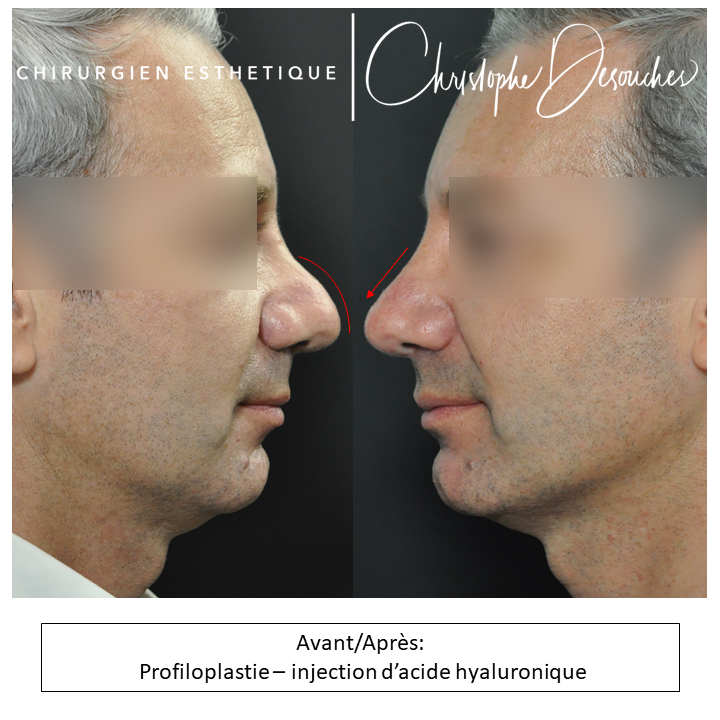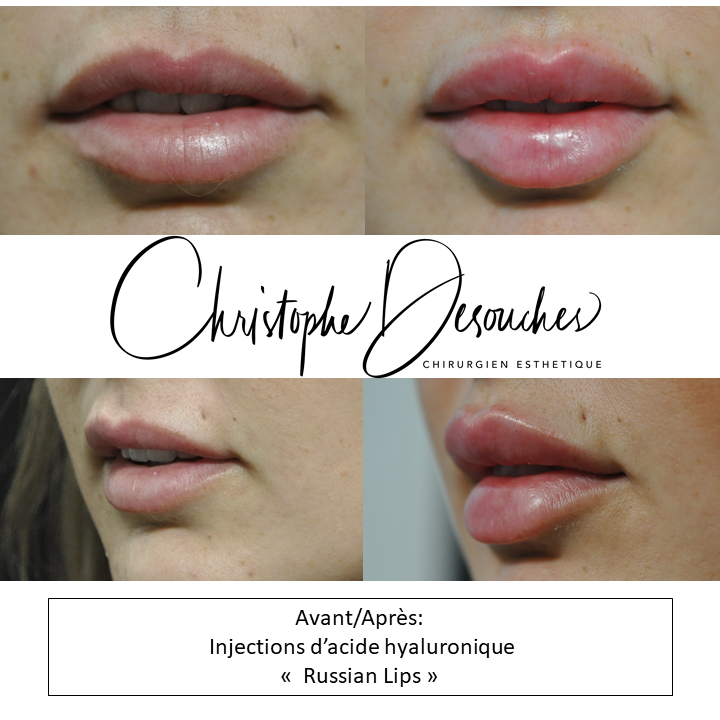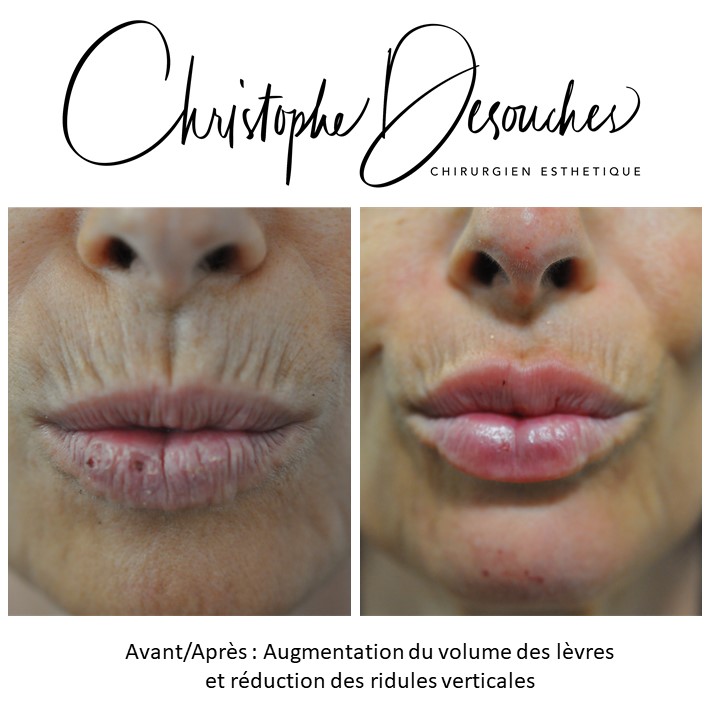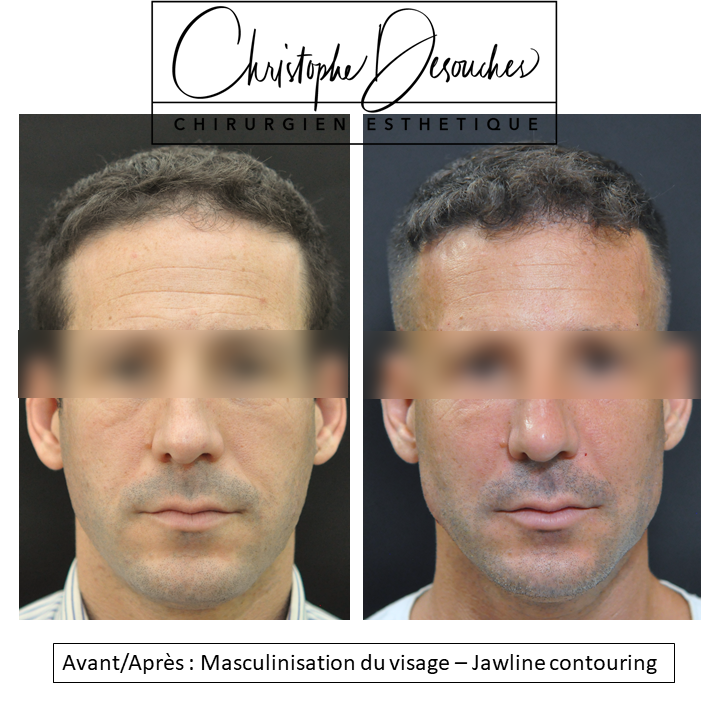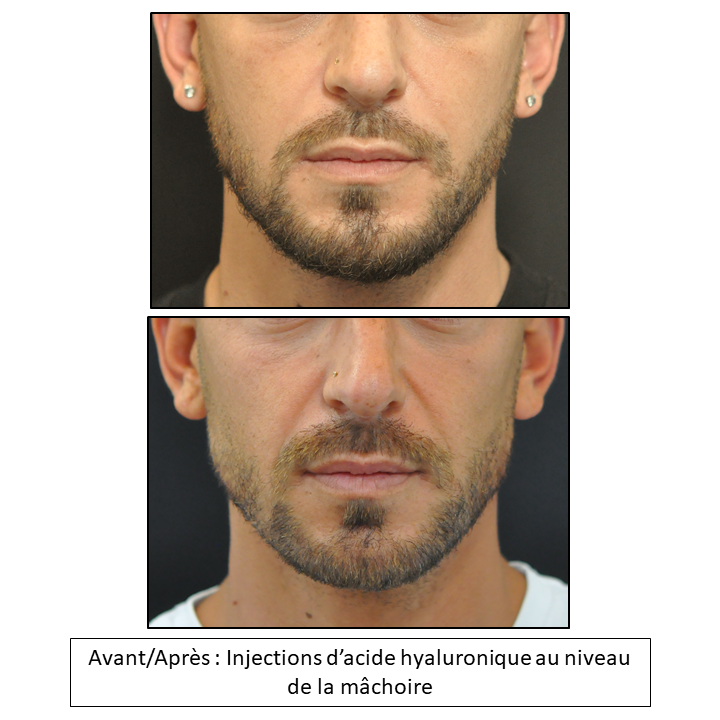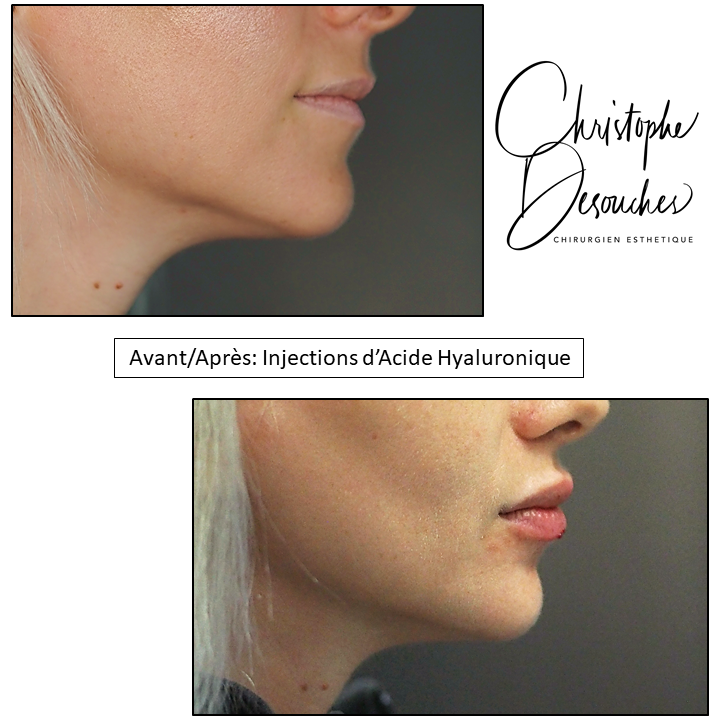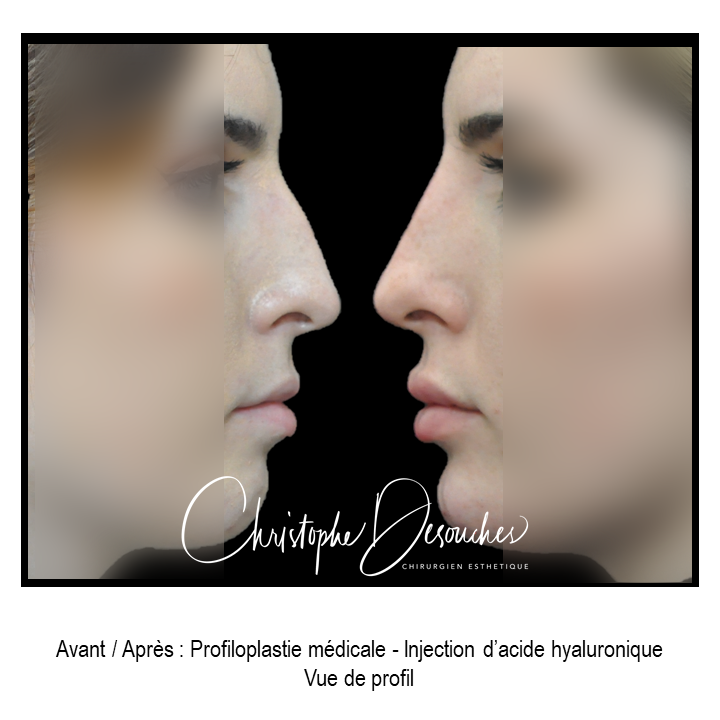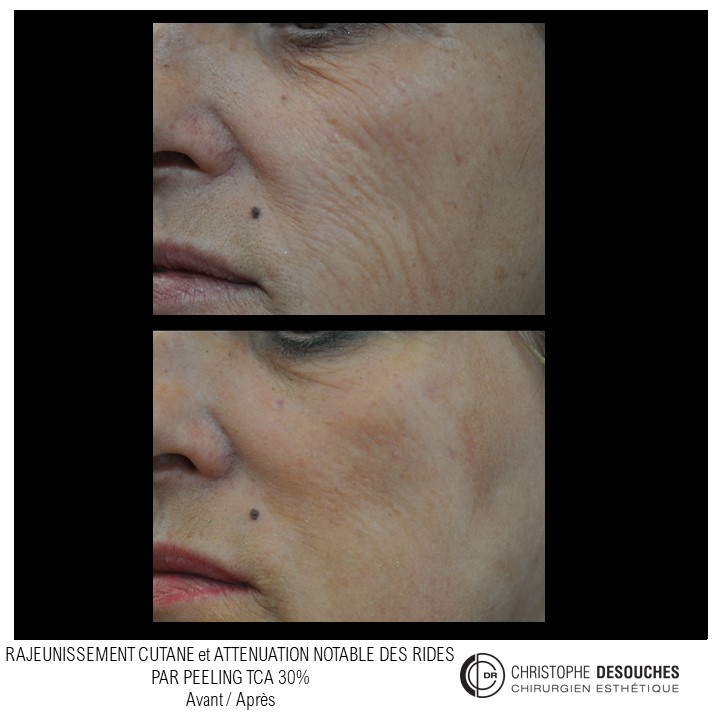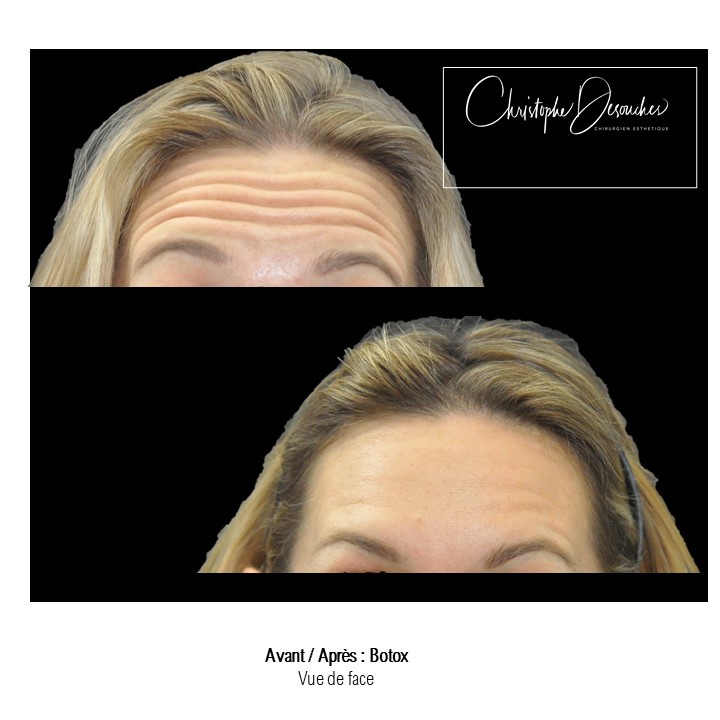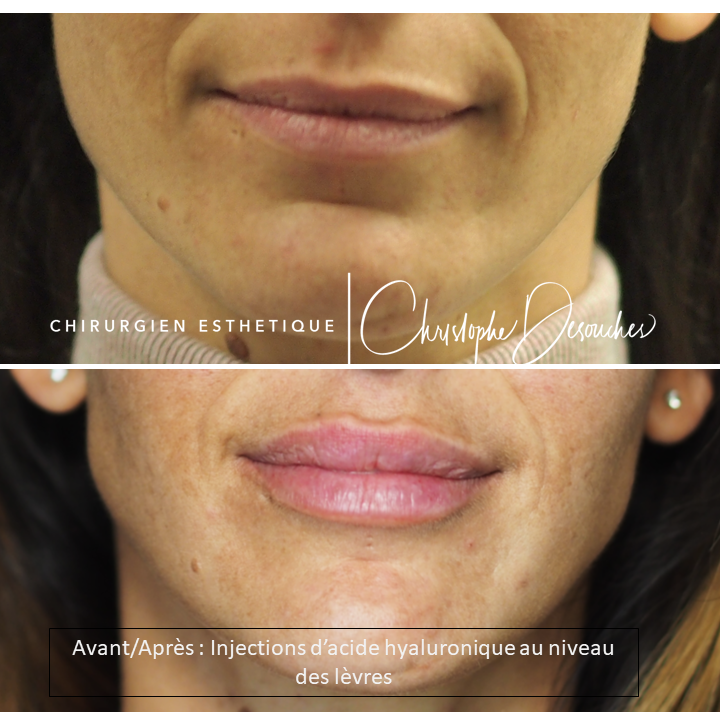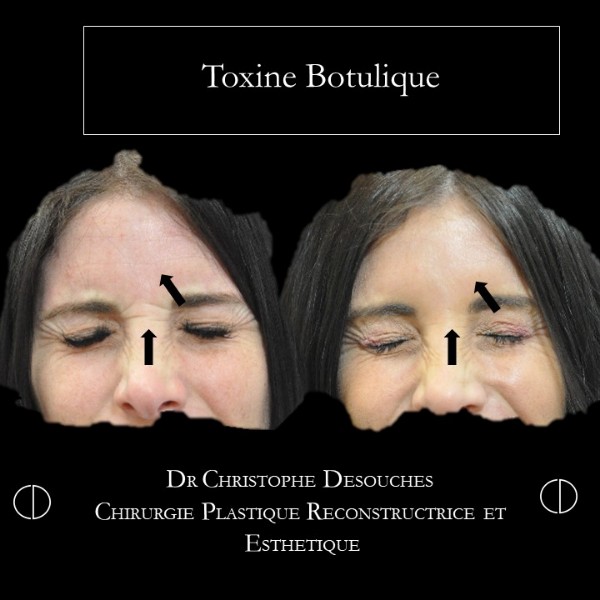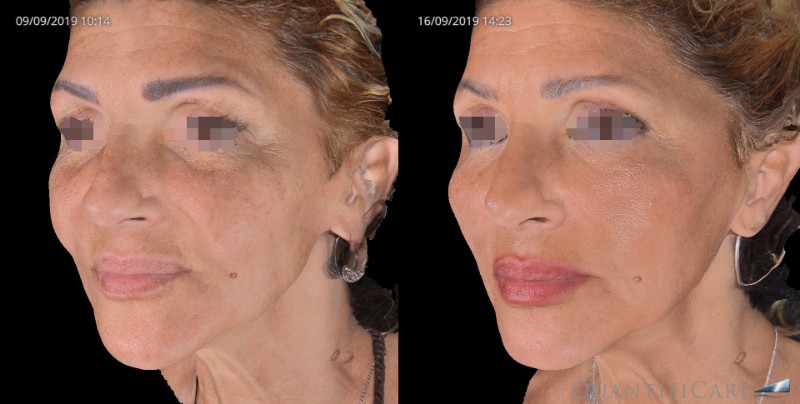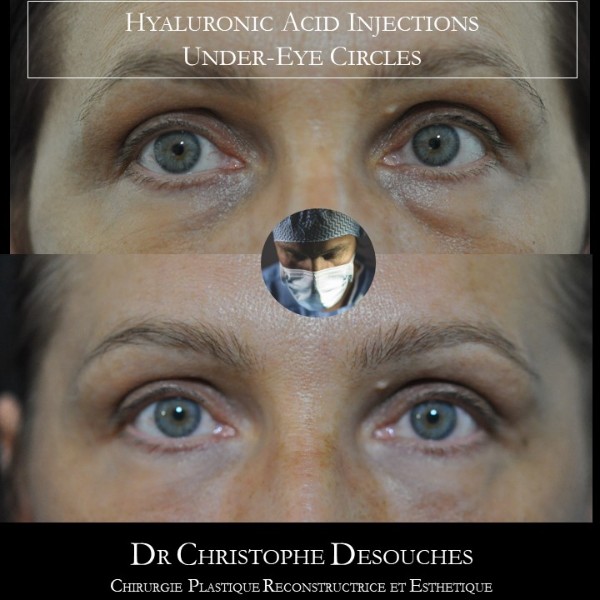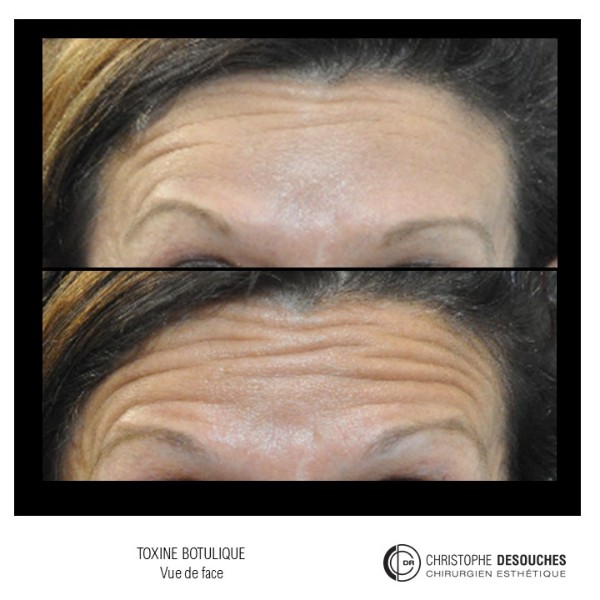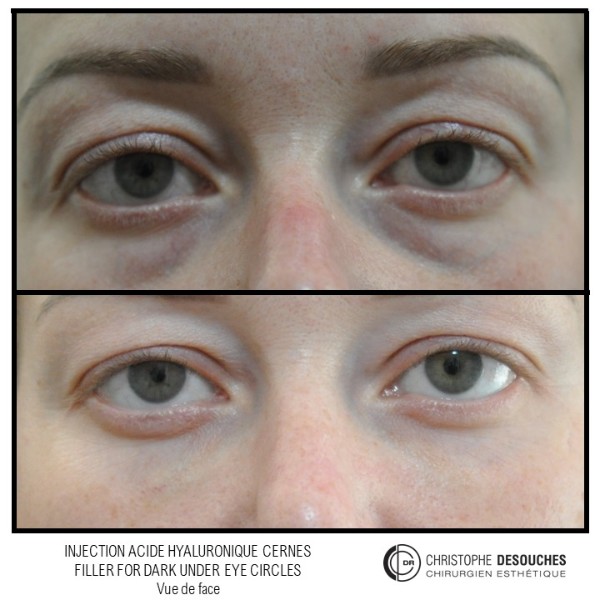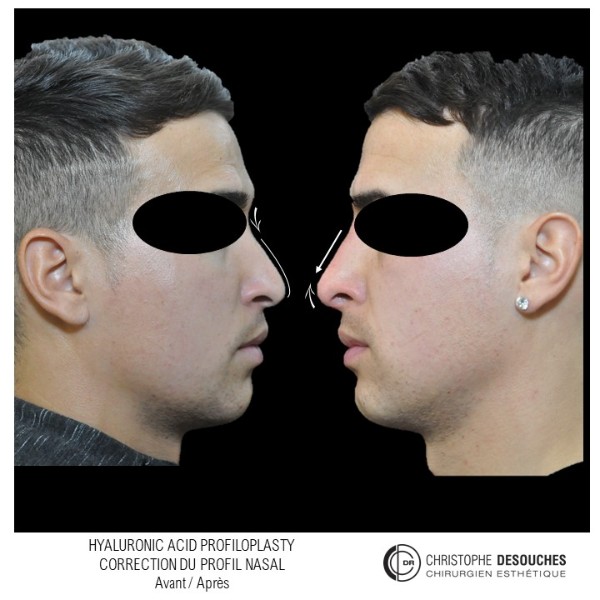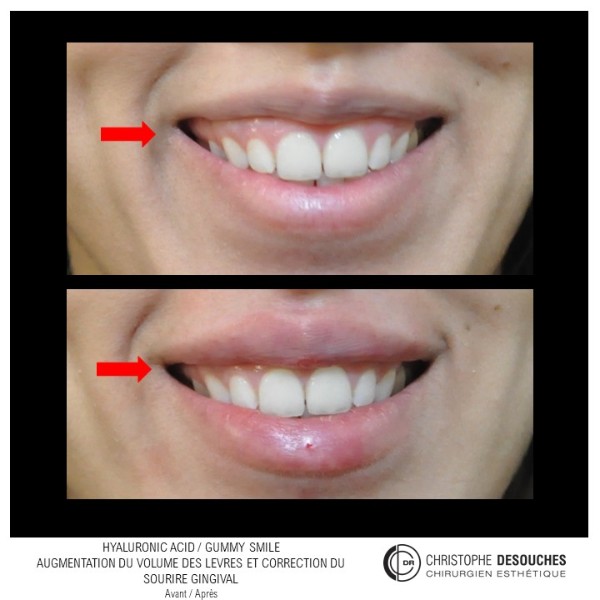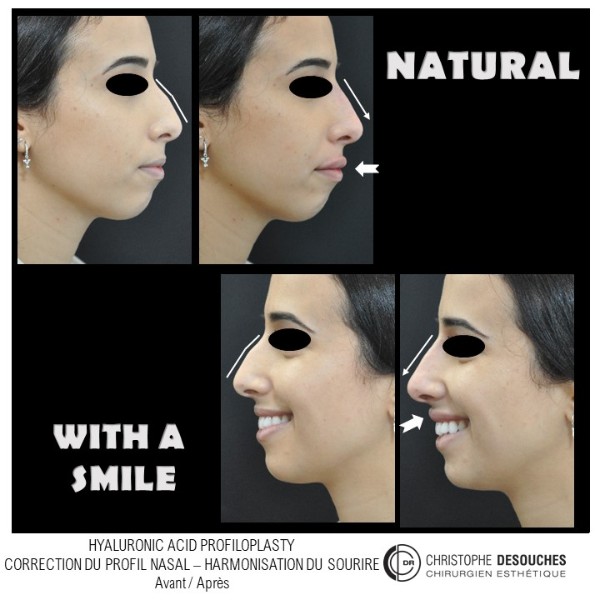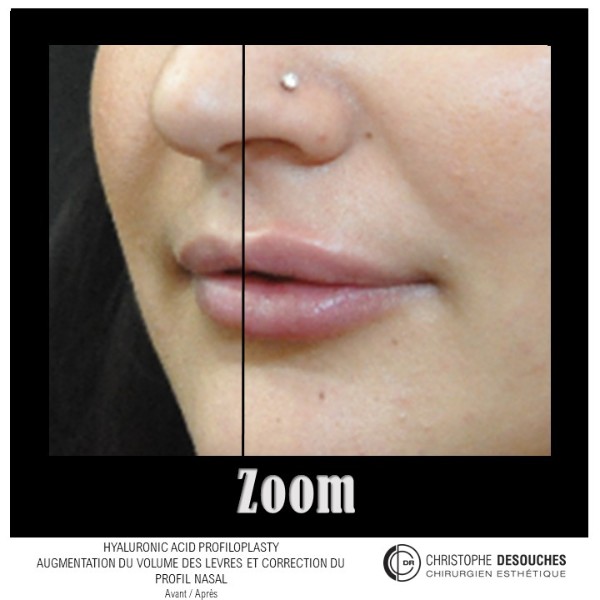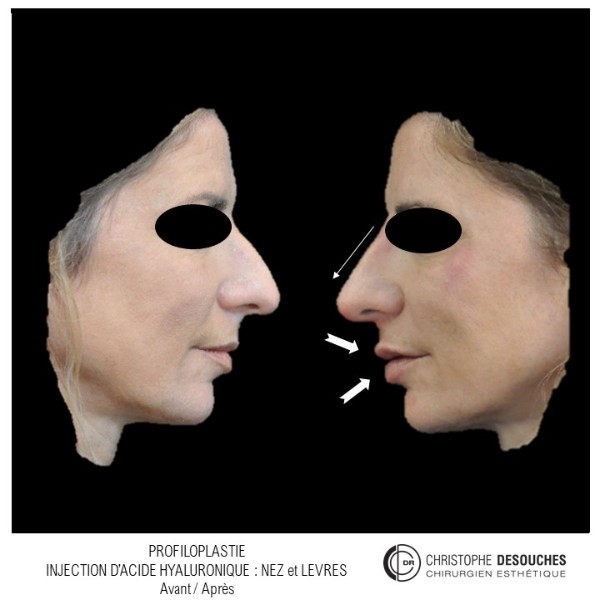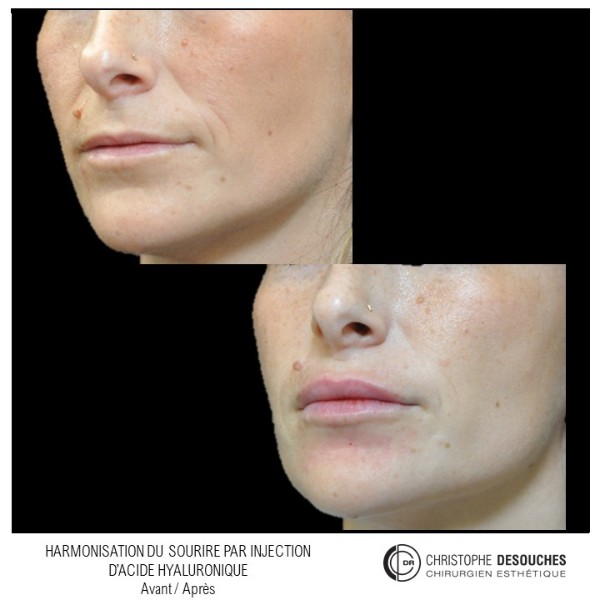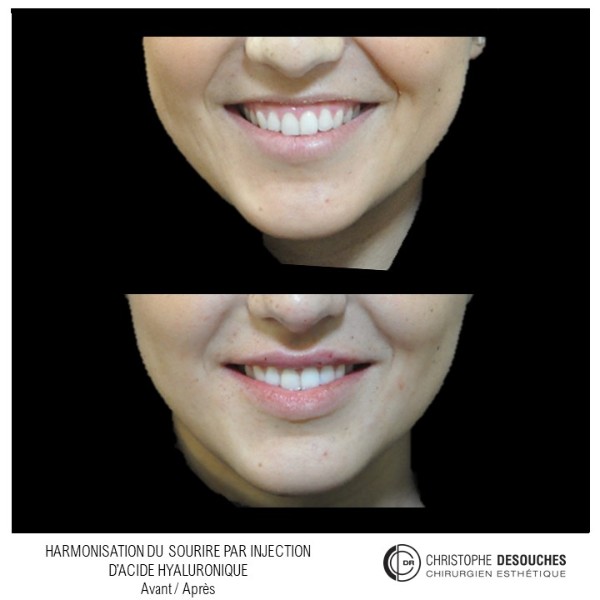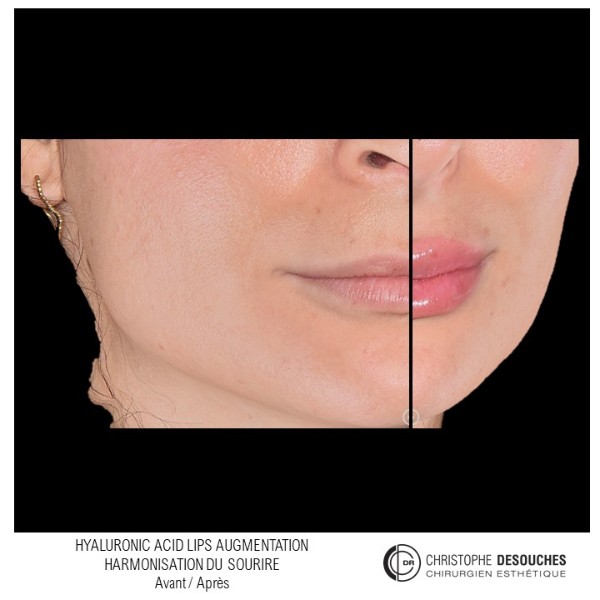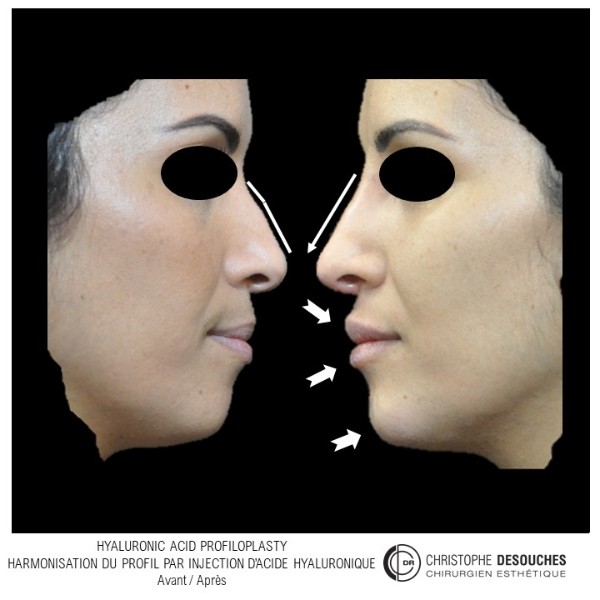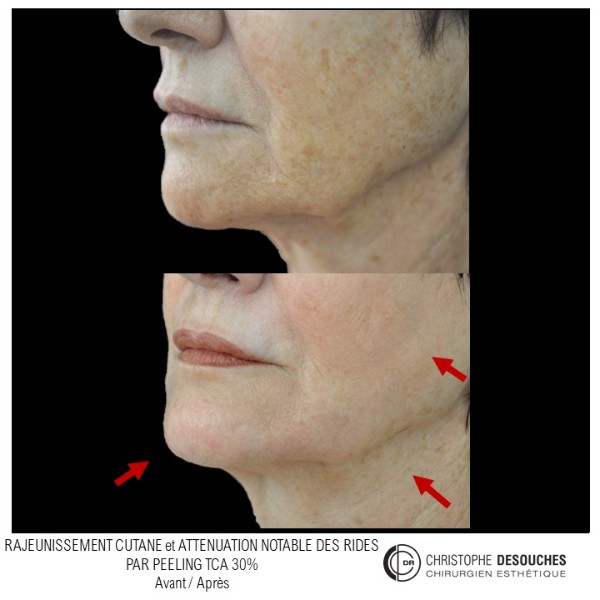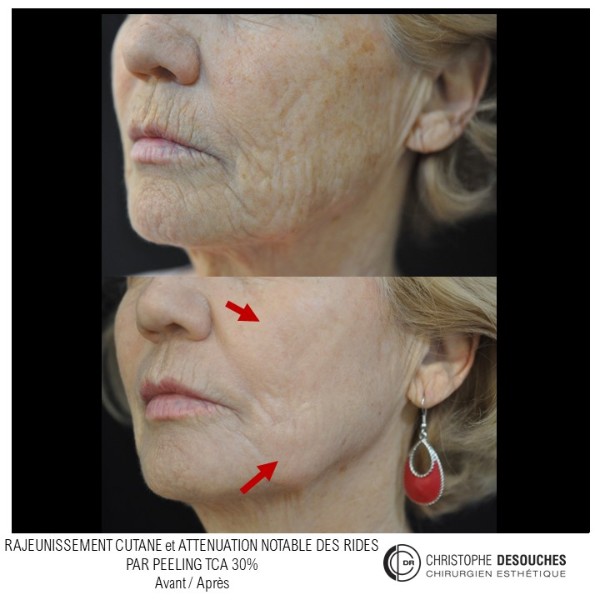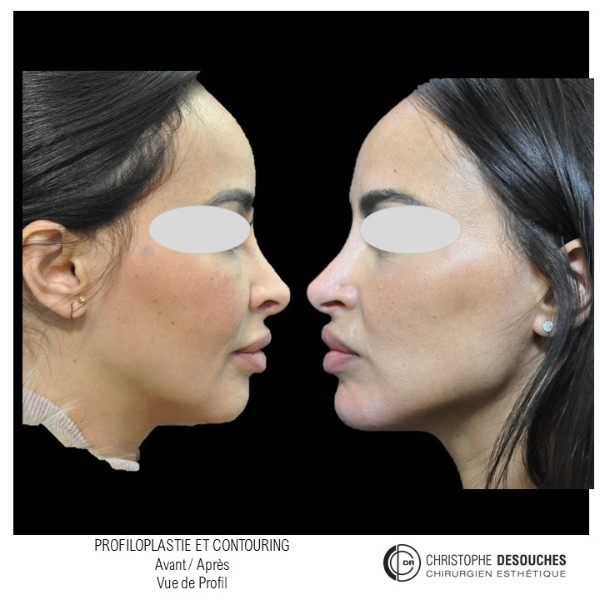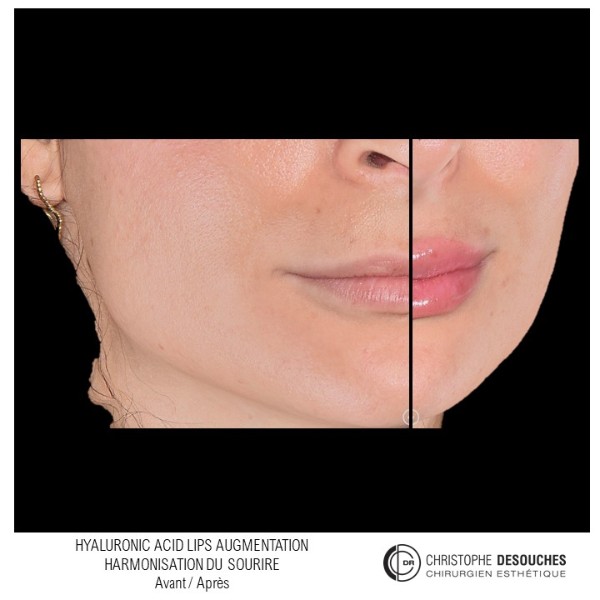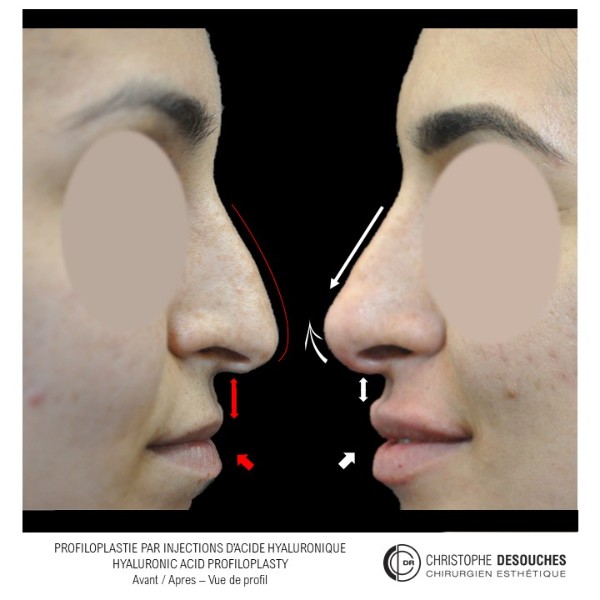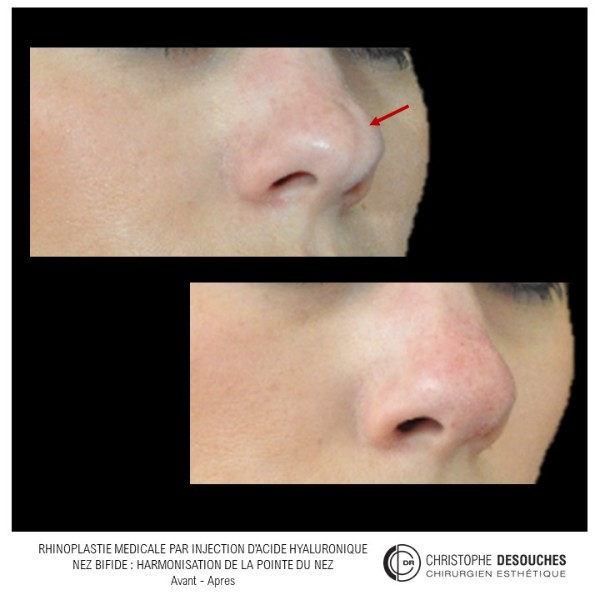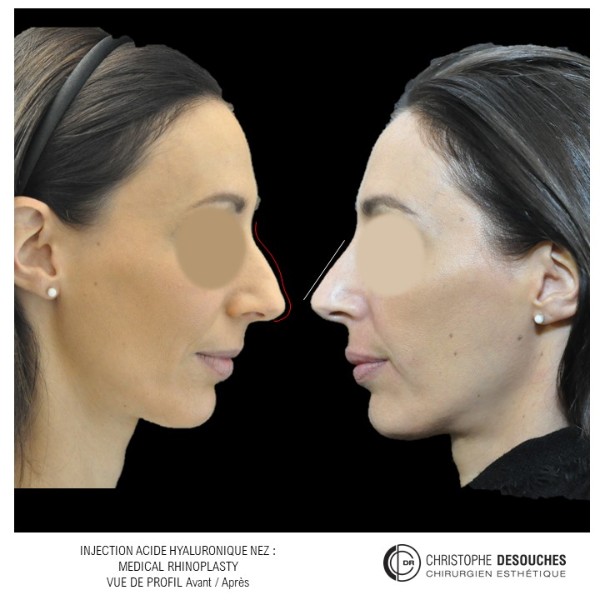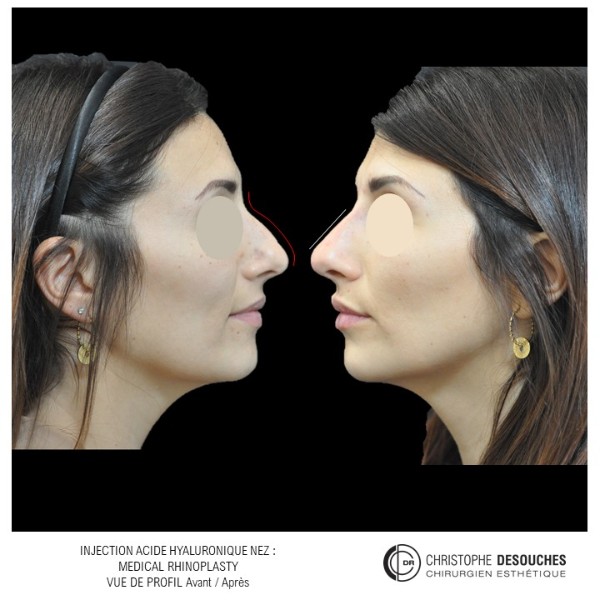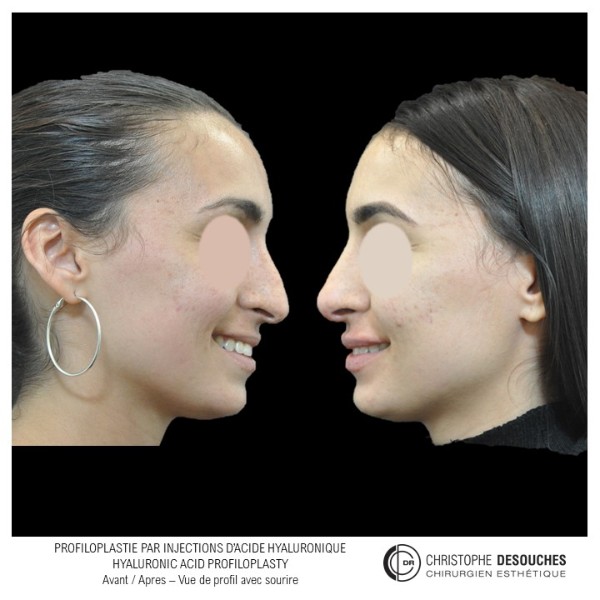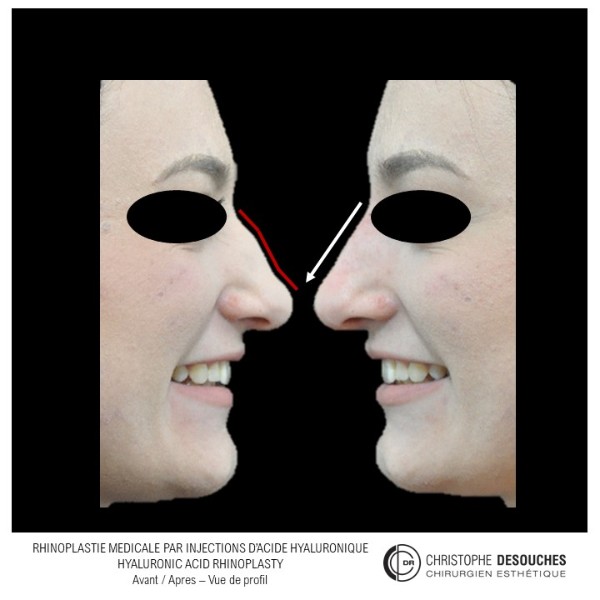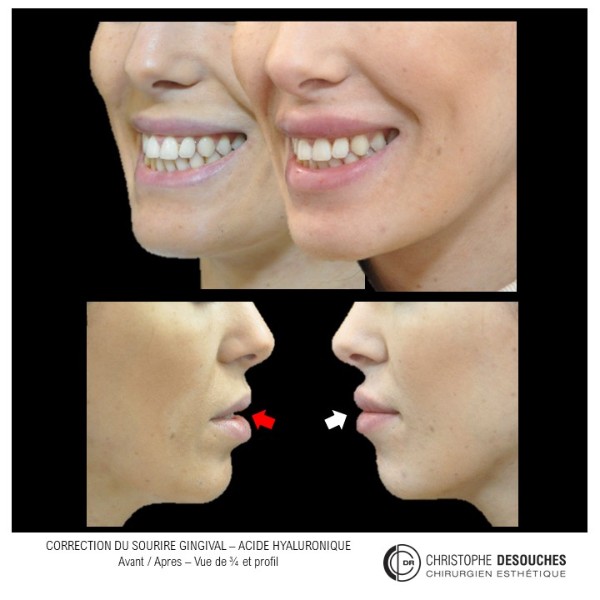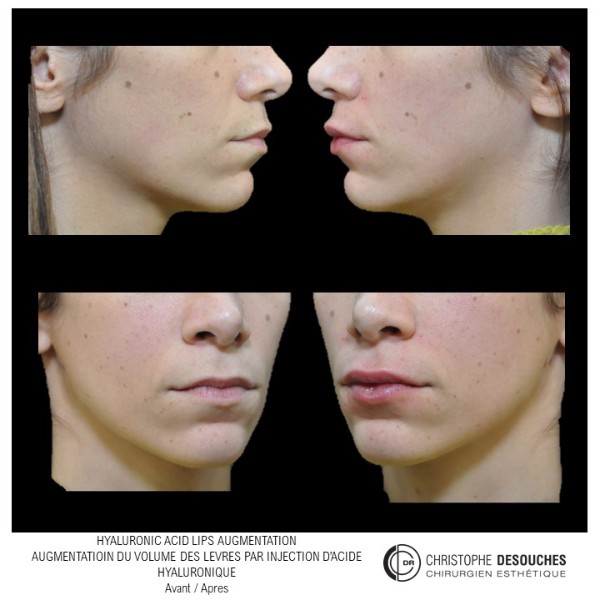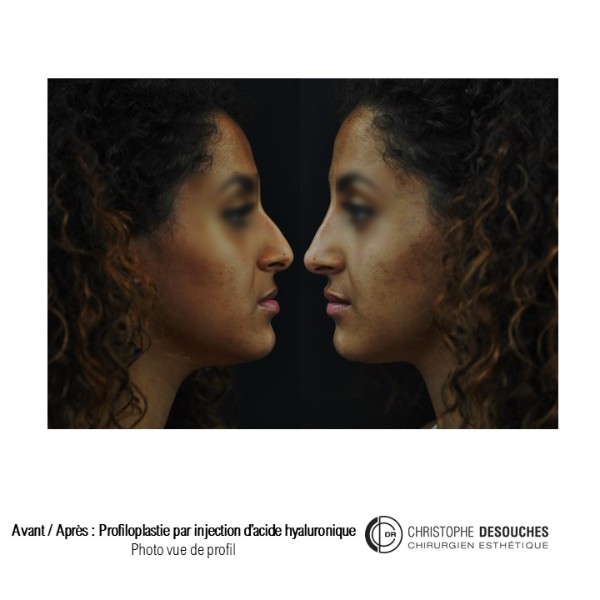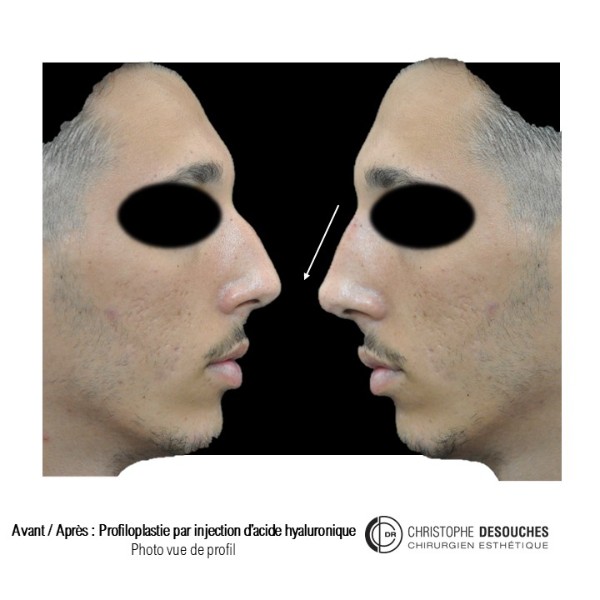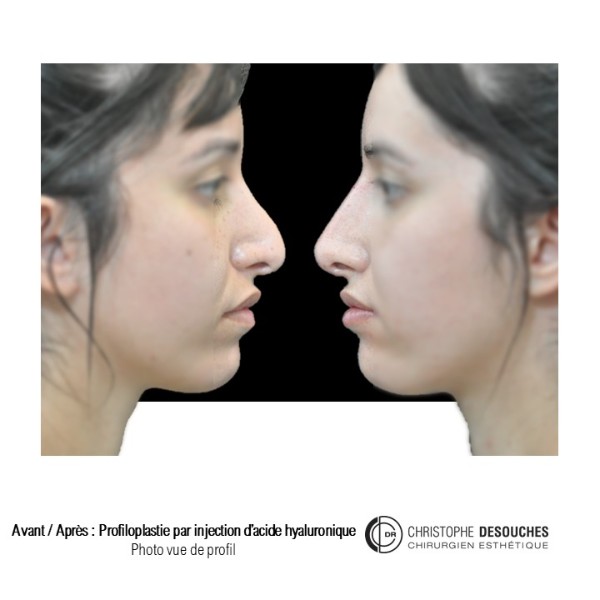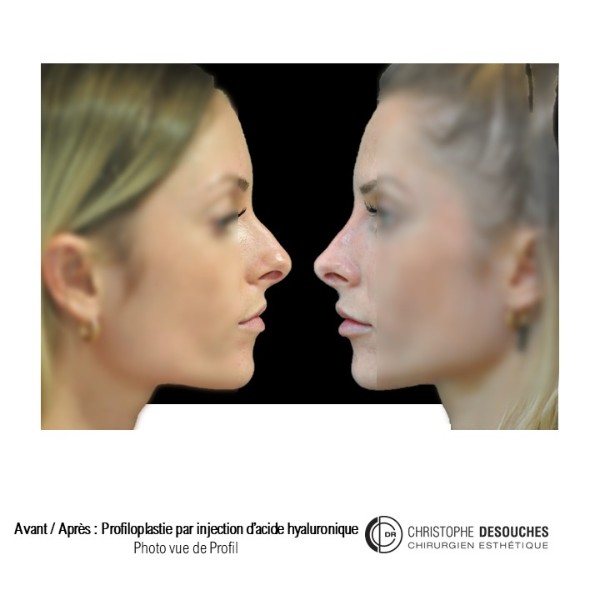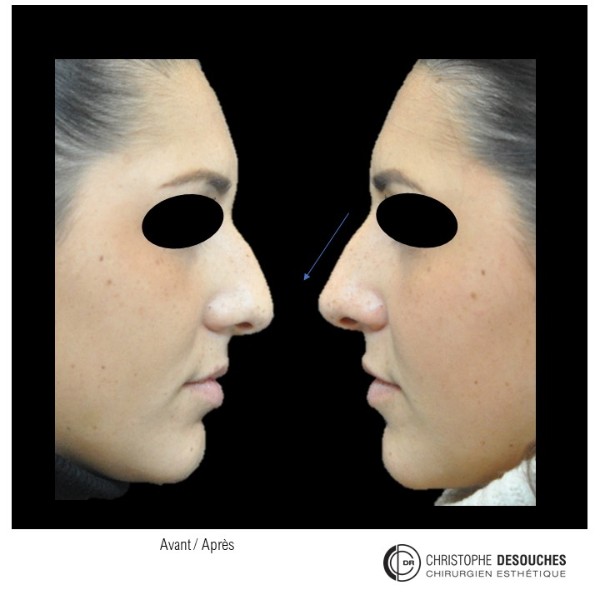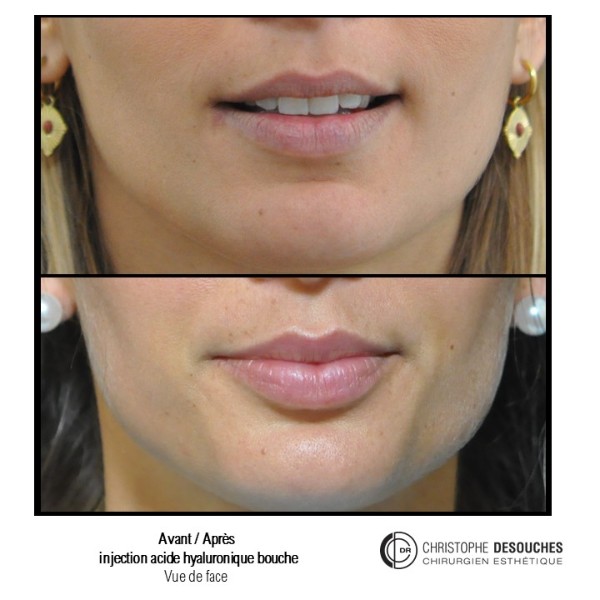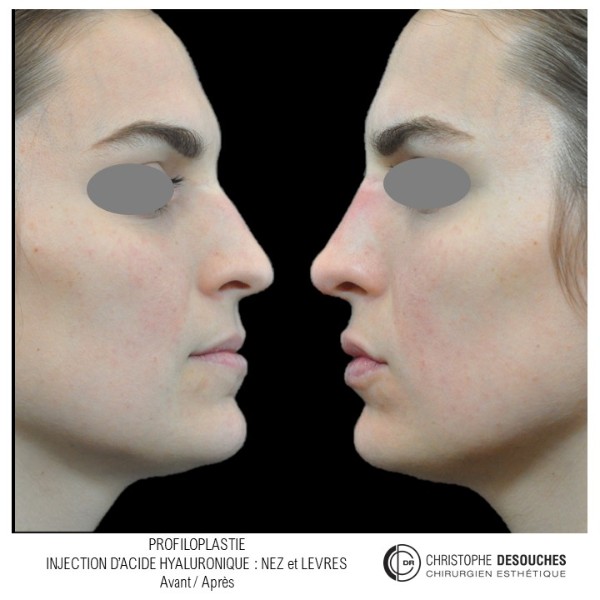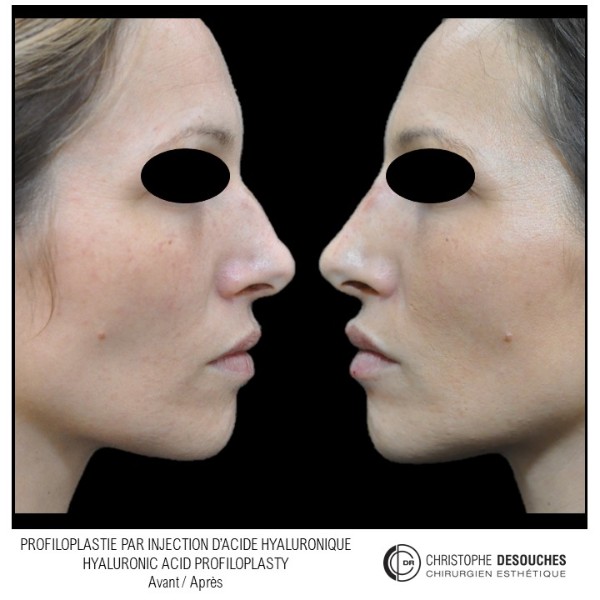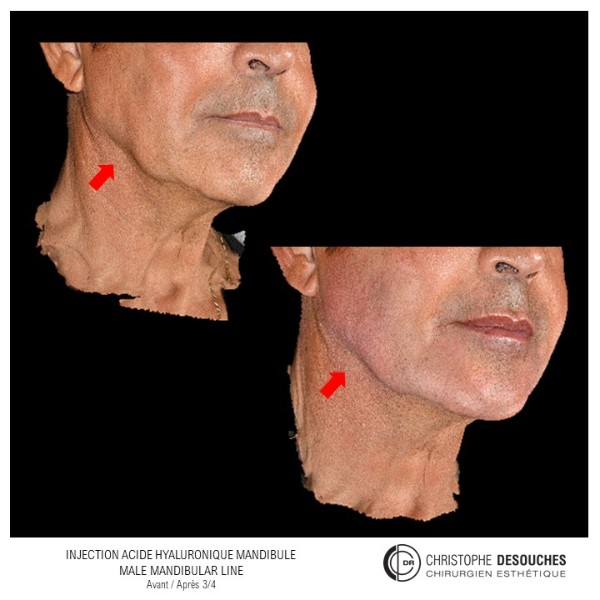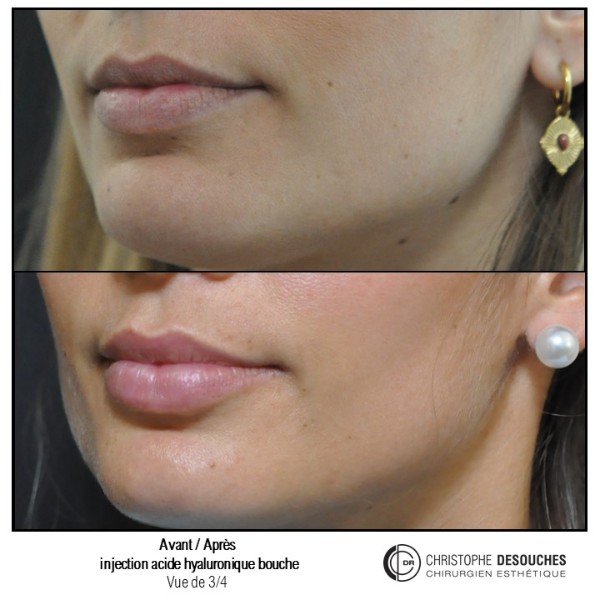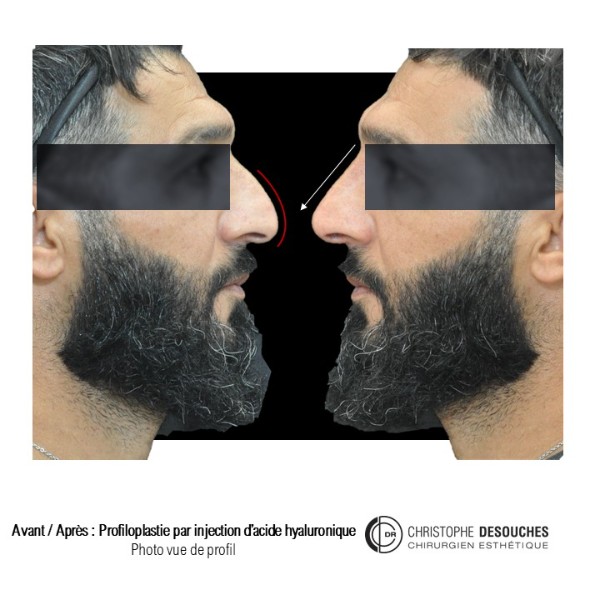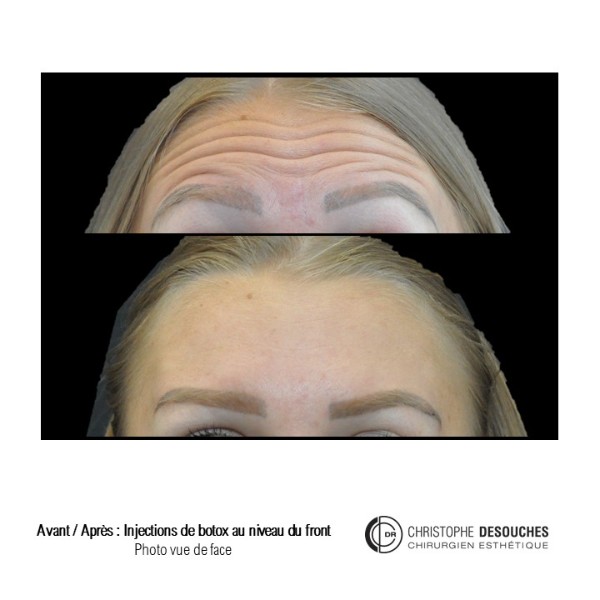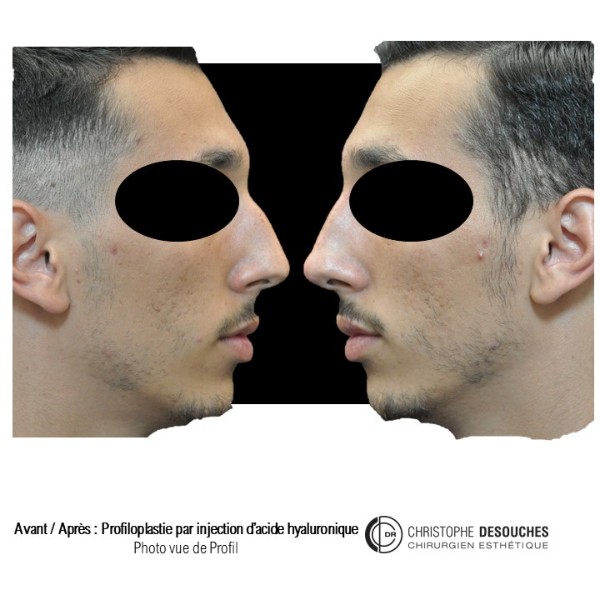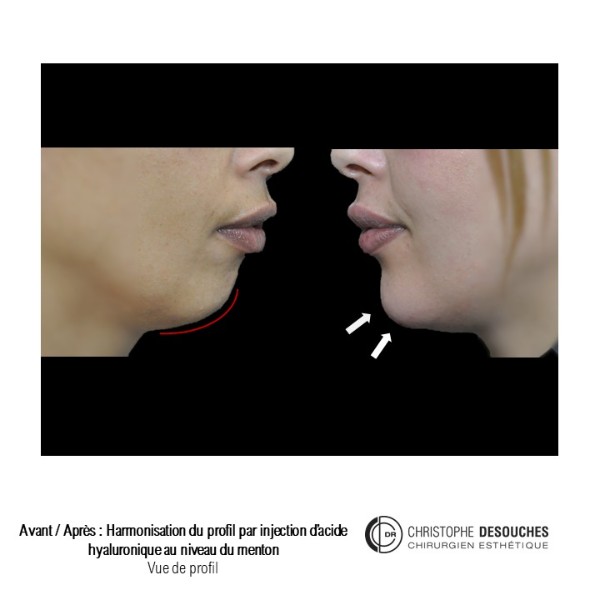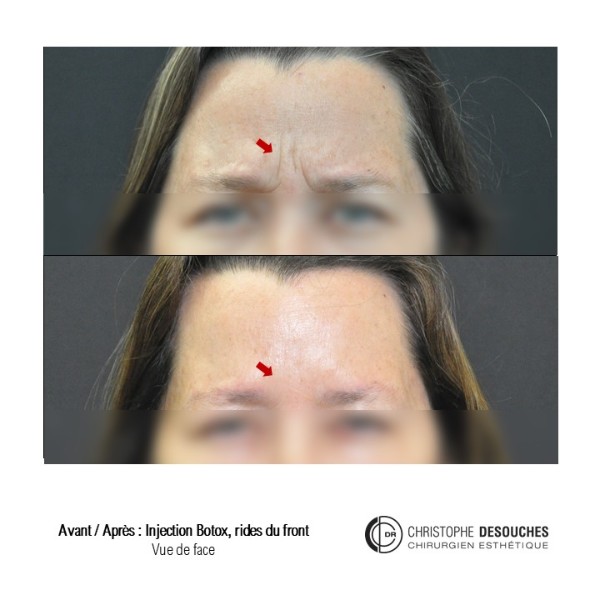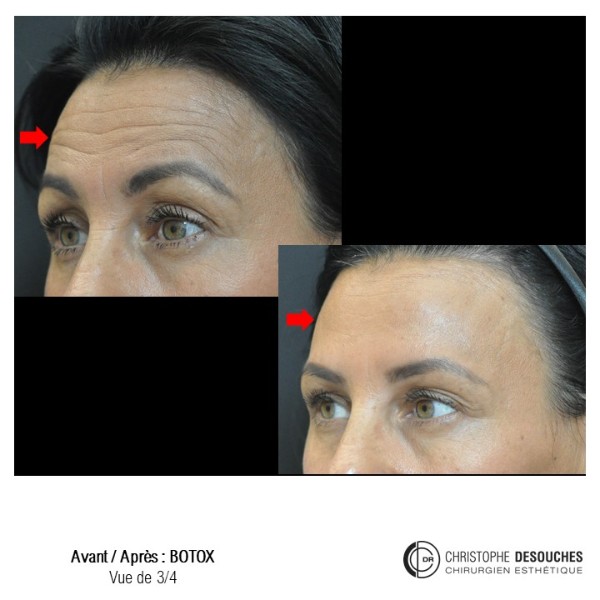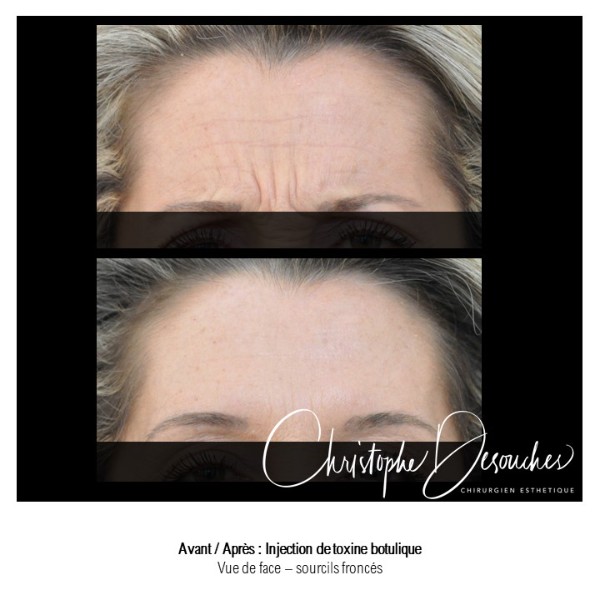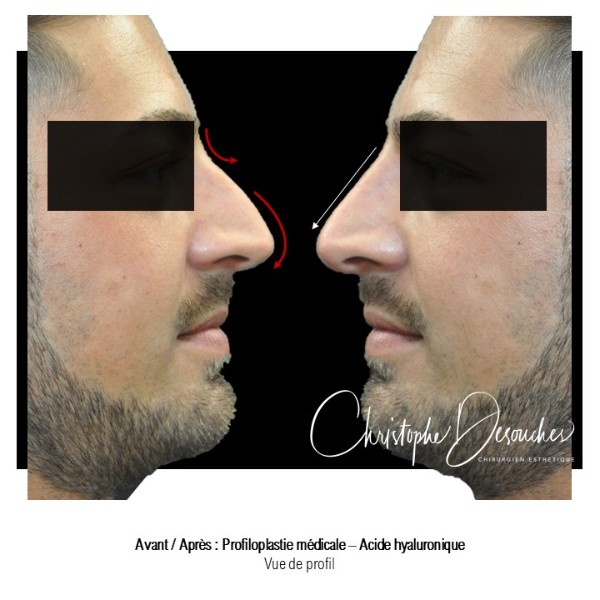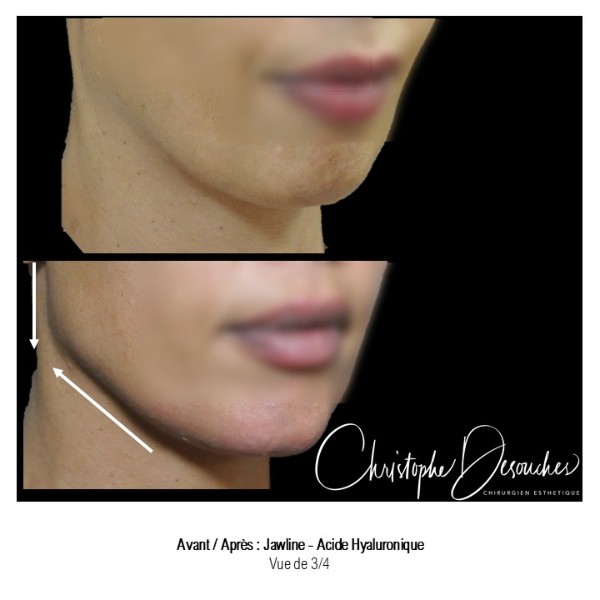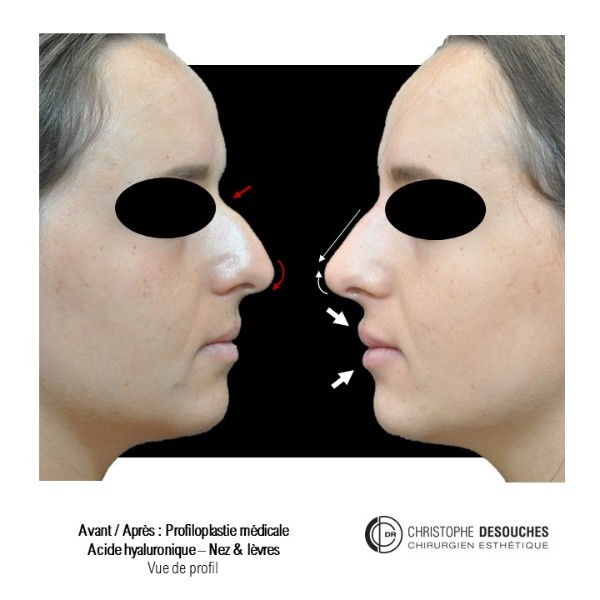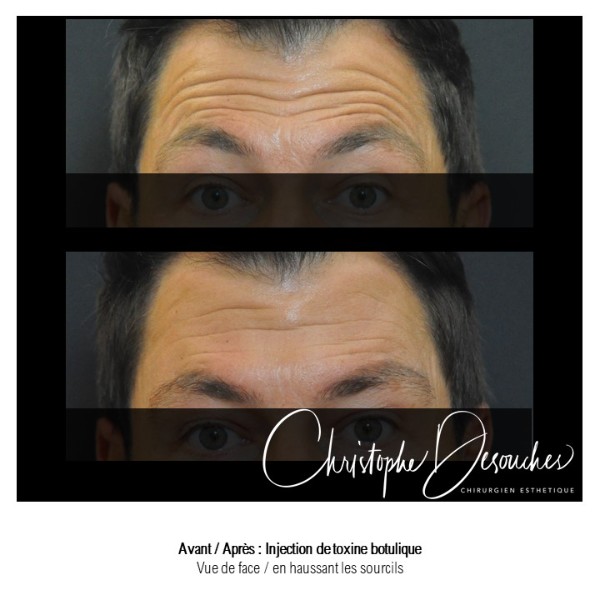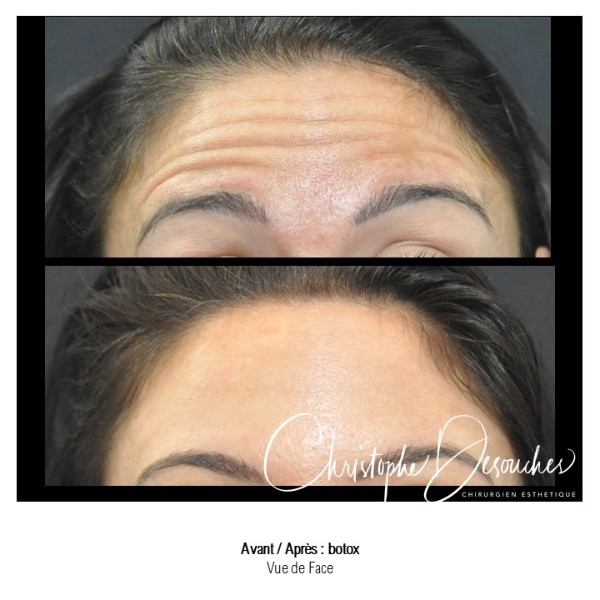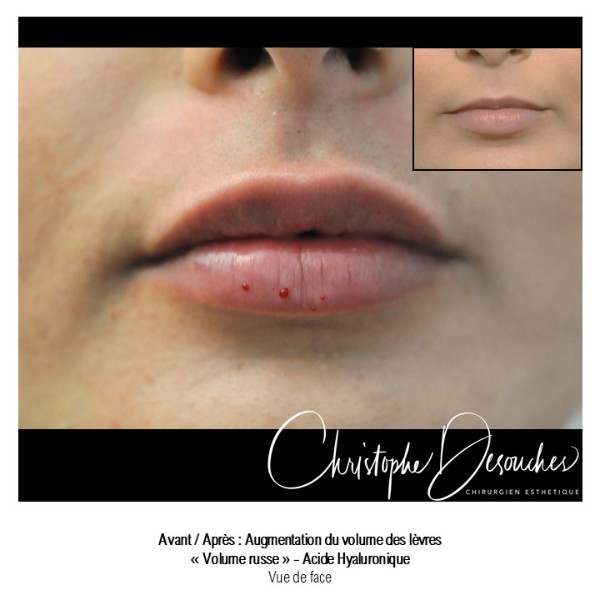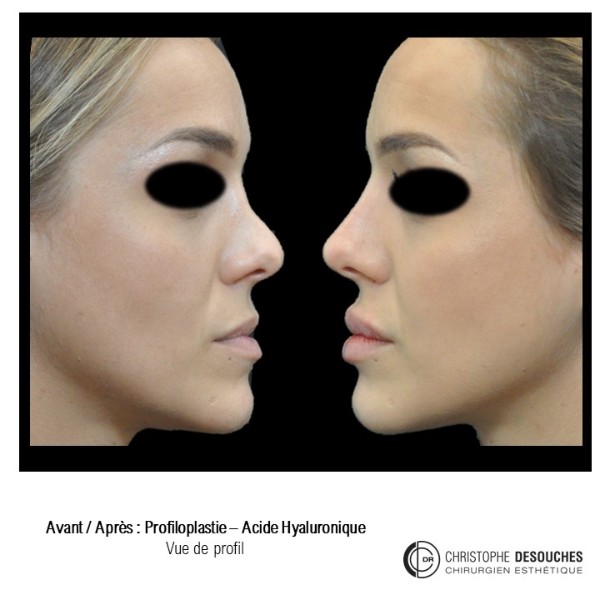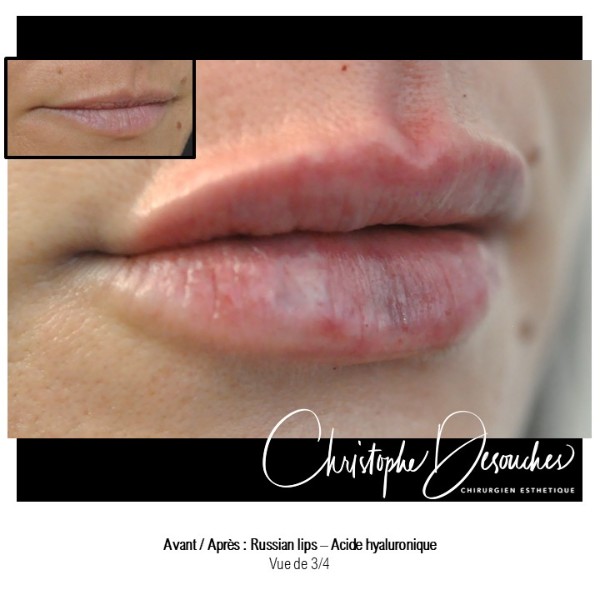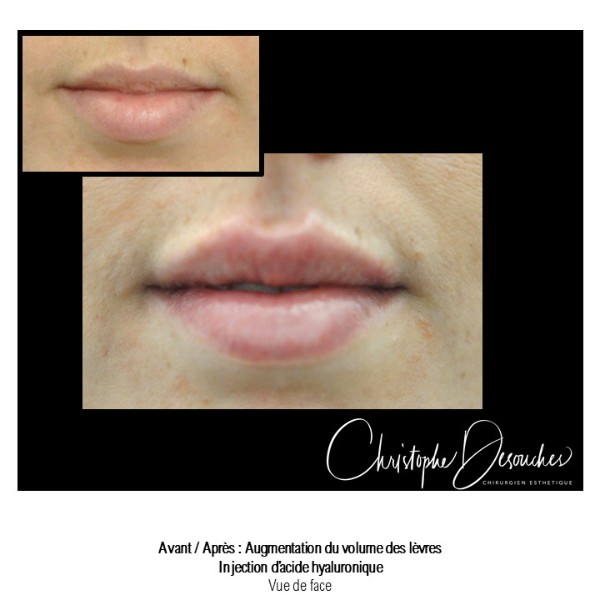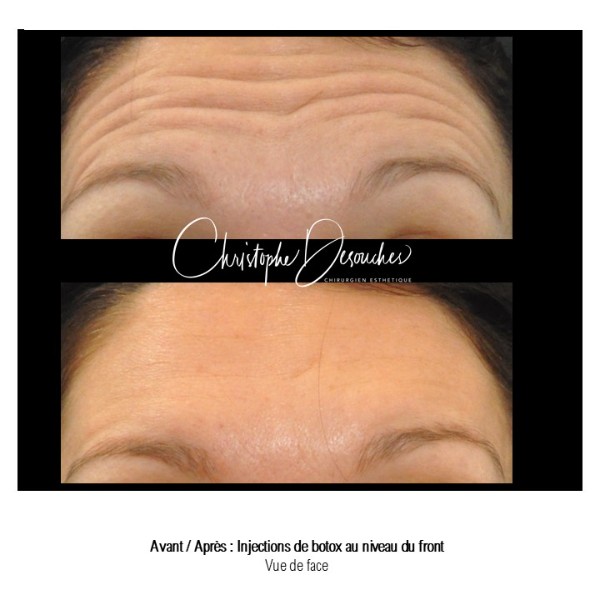Rejuvenate facial skin can be done by applying an acid to the epidermis: it is the peeling, which can be medium or deep depending on the strength of the solution used. By abrading the stratum corneum, the acid rids the face of dead cells and triggers the cell regeneration which makes it possible to find a new radiance, firmer, more radiant, rejuvenated skin.
Spectacular results in one session and without surgery
Indications
- scars (including acne)
- Pores
- moderate to marked aging
- wrinkles around the eyelids and mouth
- wrinkles due to the sun, tobacco
Benefits and results
After the regeneration period, the patient regains a luminous complexion and remarkably to spectacularly rejuvenated skin. The texture of the skin, its texture and the complexion are markedly improved.
The result can be exceptional with a rejuvenation of several years in one session with the deep peel. The skin is toned and lifted.
The doctor will recommend the most suitable peeling method according to your skin type and the signs of aging.
The medium or deep peeling technique
For an average peel, the doctor uses glycolic or trichloroacetic acid (TCA 30) to reduce imperfections and smooth the epidermis.
The deeper phenol peel, more powerful; allows a complete renewal of the dermis and the epidermis. The effect is comparable to a facelift. Dr Christophe Desouches, an experienced doctor, has the necessary experience to perform this complex procedure in complete safety.
How is a peeling session performed
Before a peeling session, it is necessary to prepare the skin by using a specific preparation three weeks before the peeling. During this phase, the patient will avoid applying masks, scrubs or other “abrasive” treatment. Likewise, the use of self-tanning products, exfoliating agents or any other cream is prohibited. The skin should not be tanned, which is why rigorous sun protection should be observed during this period.
The session begins with a careful cleansing of the skin.
Medium peel
The doctor applies the TCA 30 acid product to the face or areas to be treated. The number of passages depends on the condition of the skin and the depth of the area to be treated.
The skin is then freed from the acid solution, then a moisturizing and healing cream is applied.
The intervention lasts about 30 minutes.
Deep peeling
As the product used is more powerful, Dr Christophe Desouches will perform local anesthesia to relieve the patient. The doctor applies a phenol-based solution to the face or the areas to be treated. The skin is then freed from the solution, then a moisturizing and healing cream is applied.
The operation lasts about an hour.
What are the consequences of an intervention?
An average peel generates slight swelling which generally lasts a few days. Then after 5 days, the skin peeling reveals a dewy skin which will regain its natural complexion after 1 month postoperatively.
The deep peel causes complete desquamation of the skin of the face which results in redness then covered with fine crusts. A period of social exclusion of one to two weeks is to be expected. After 2 weeks, the epidermis is visibly regenerated and rejuvenated. The final result is visible after the redness has disappeared in the 6th month.
Contraindications
- diabetes
- severe kidney failure
- heart failure
- progressive acne
- recent cosmetic intervention (laser, surgery, etc.)
- pregnancy

